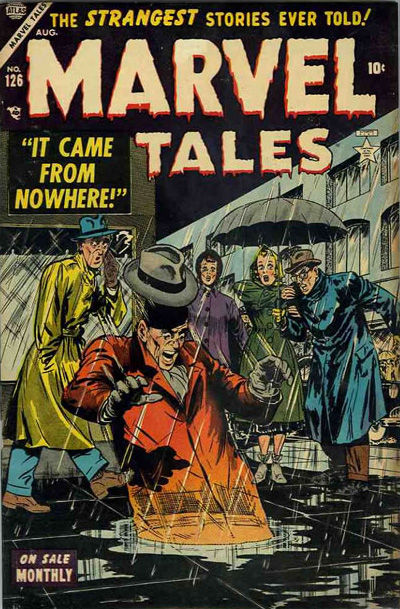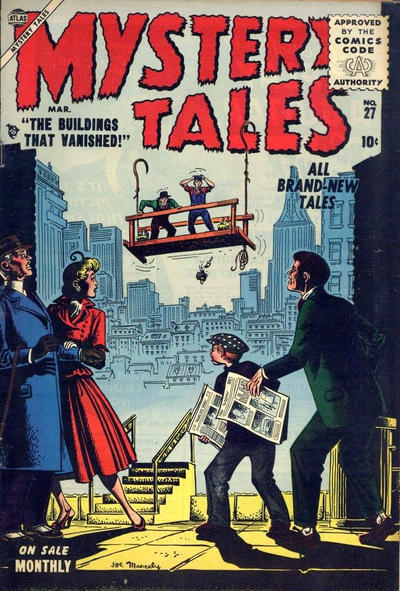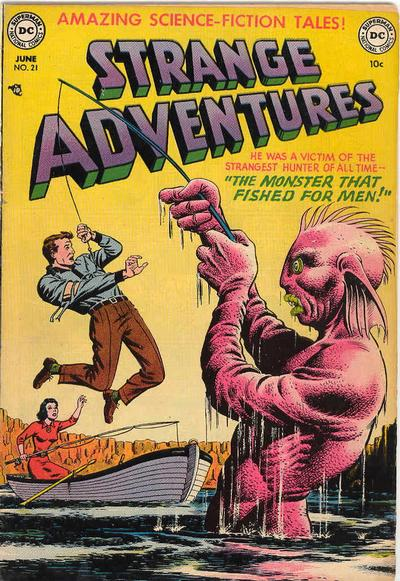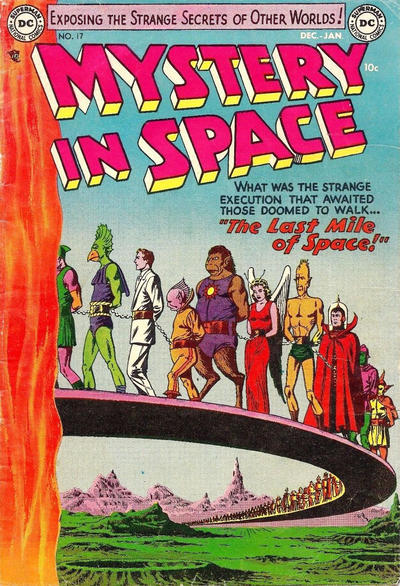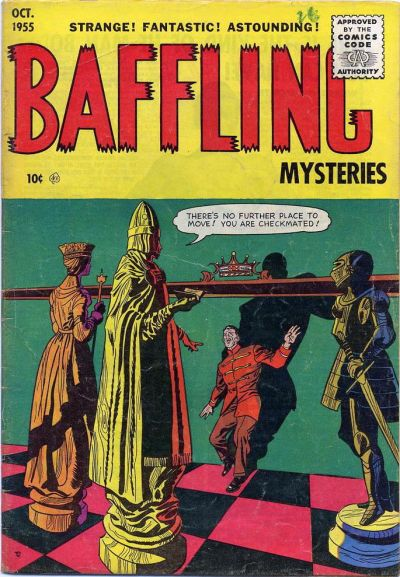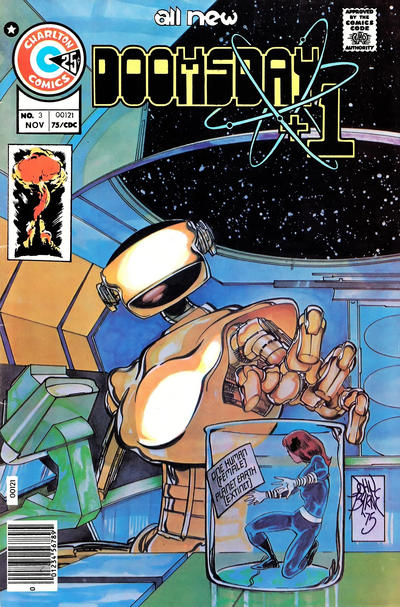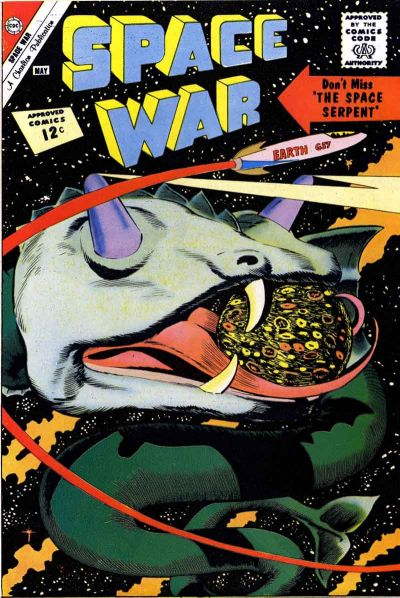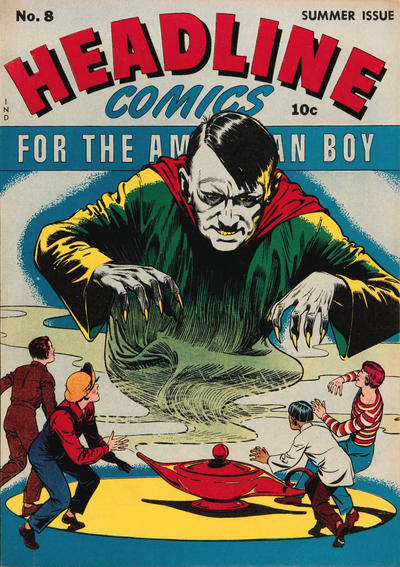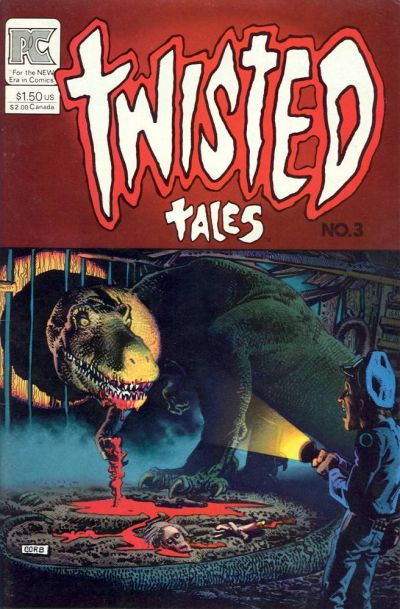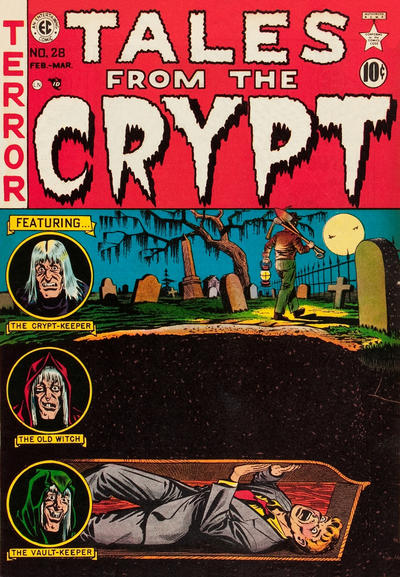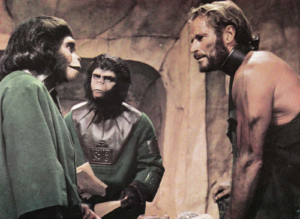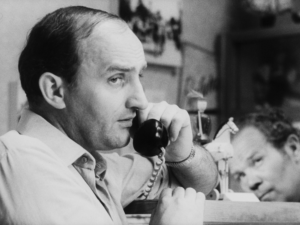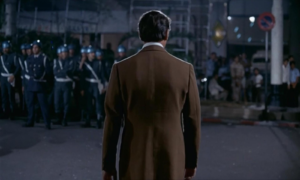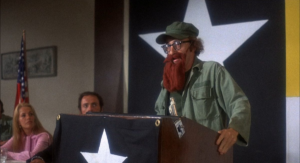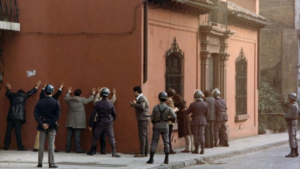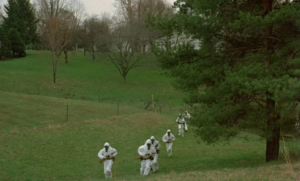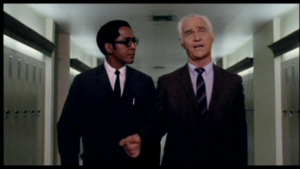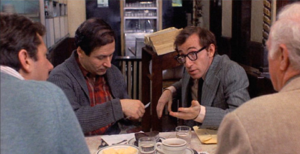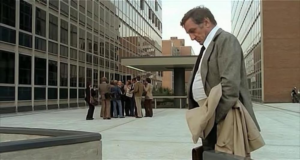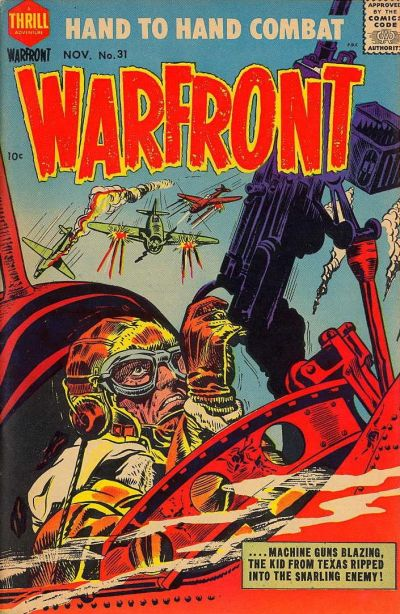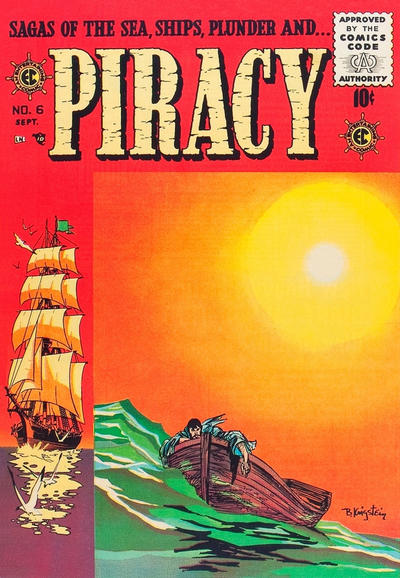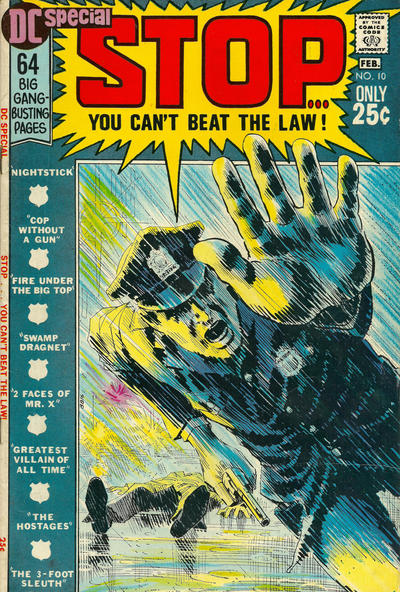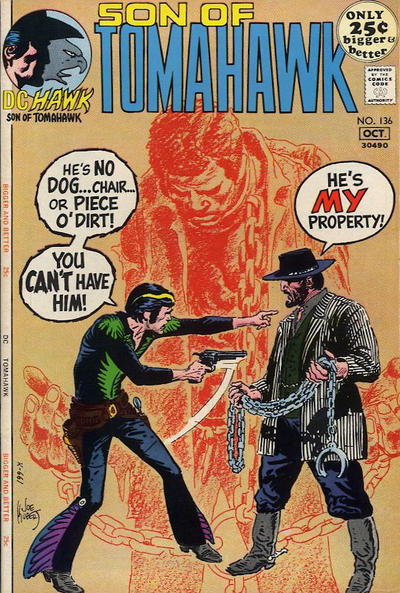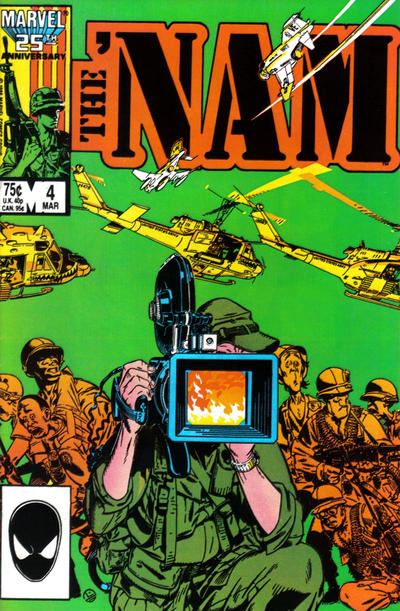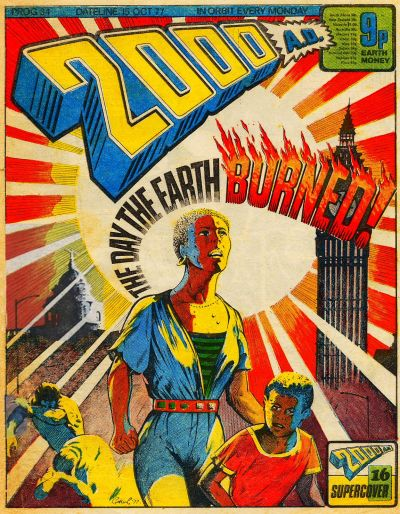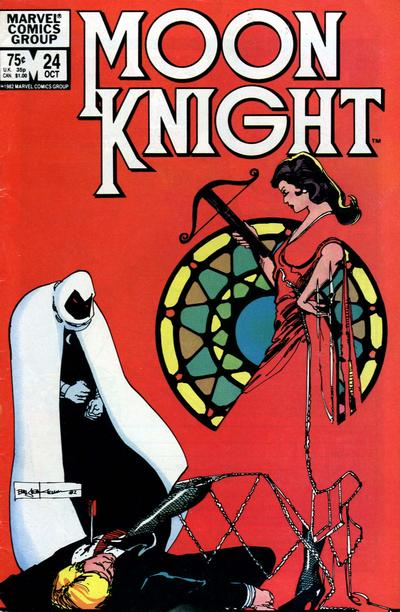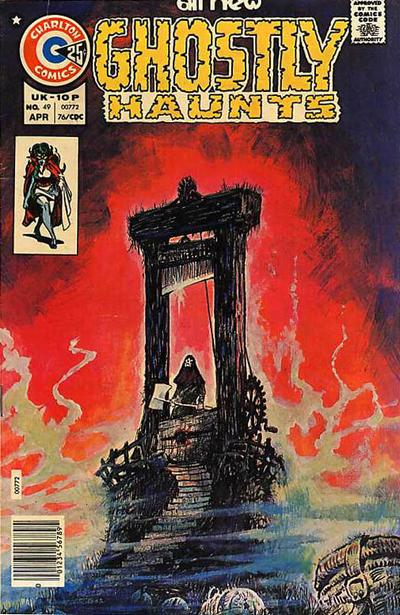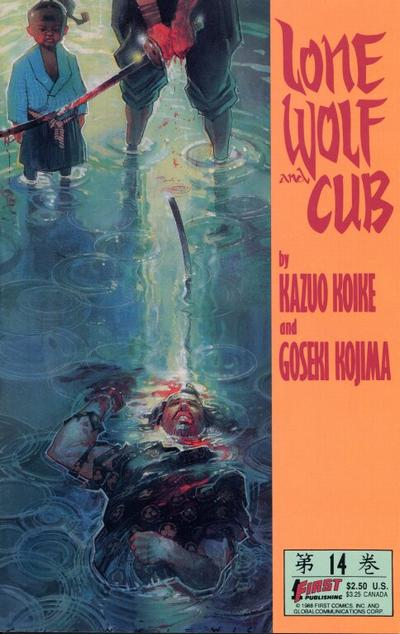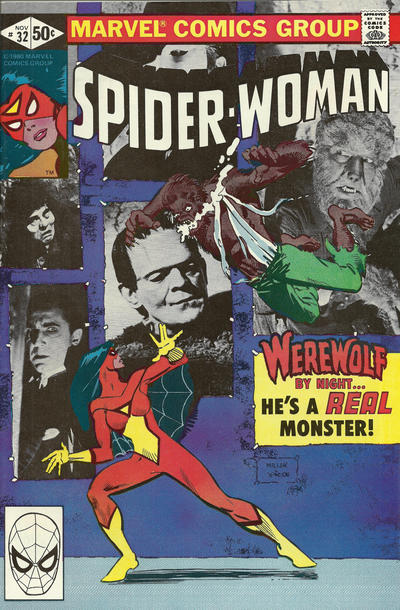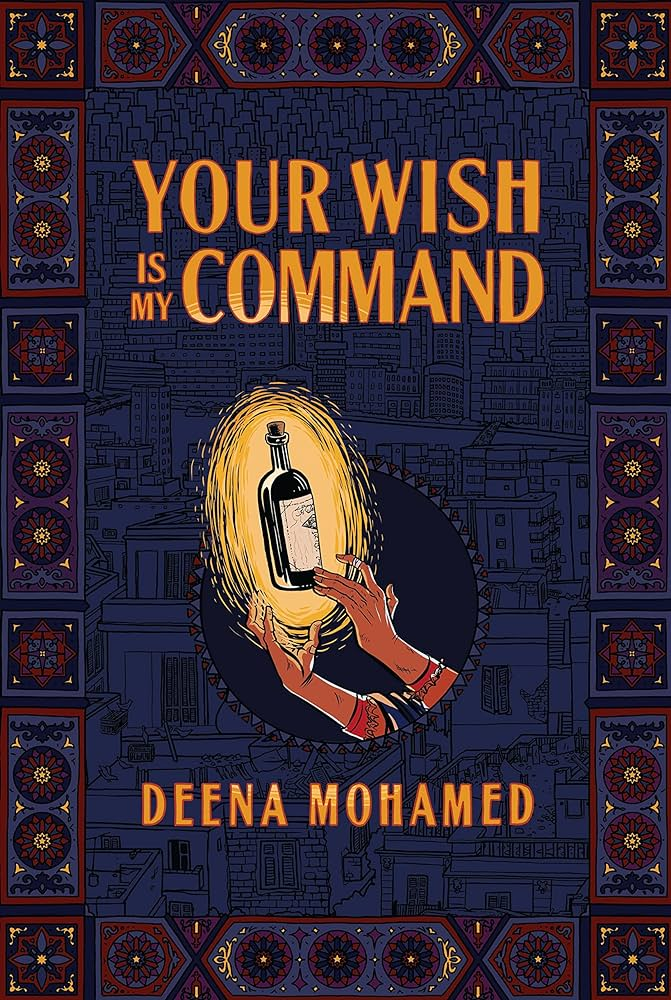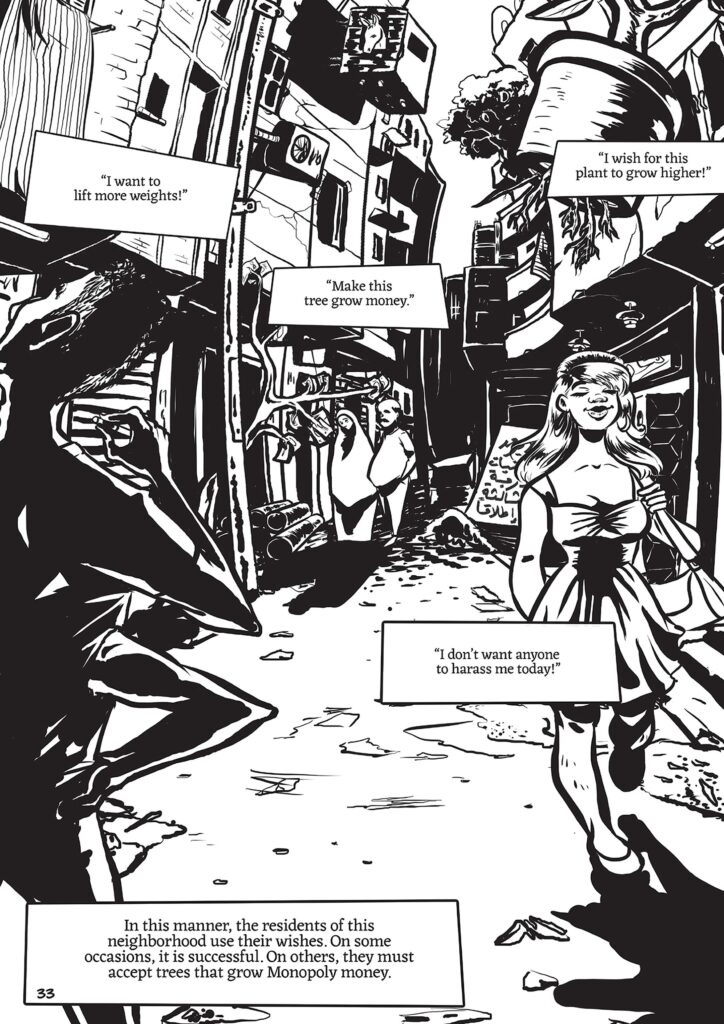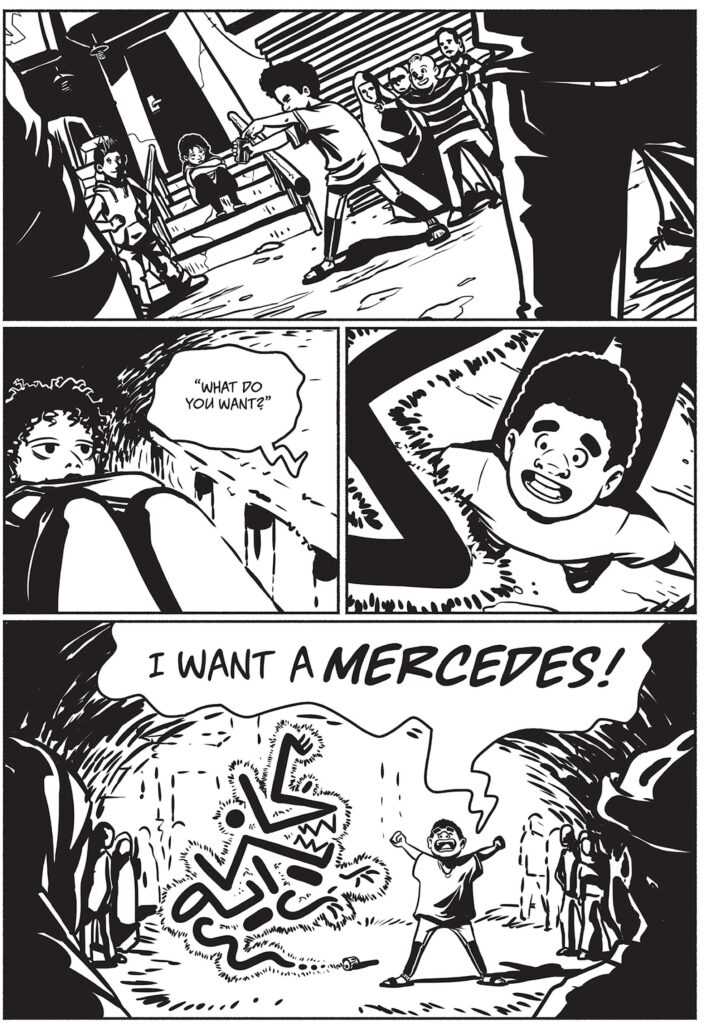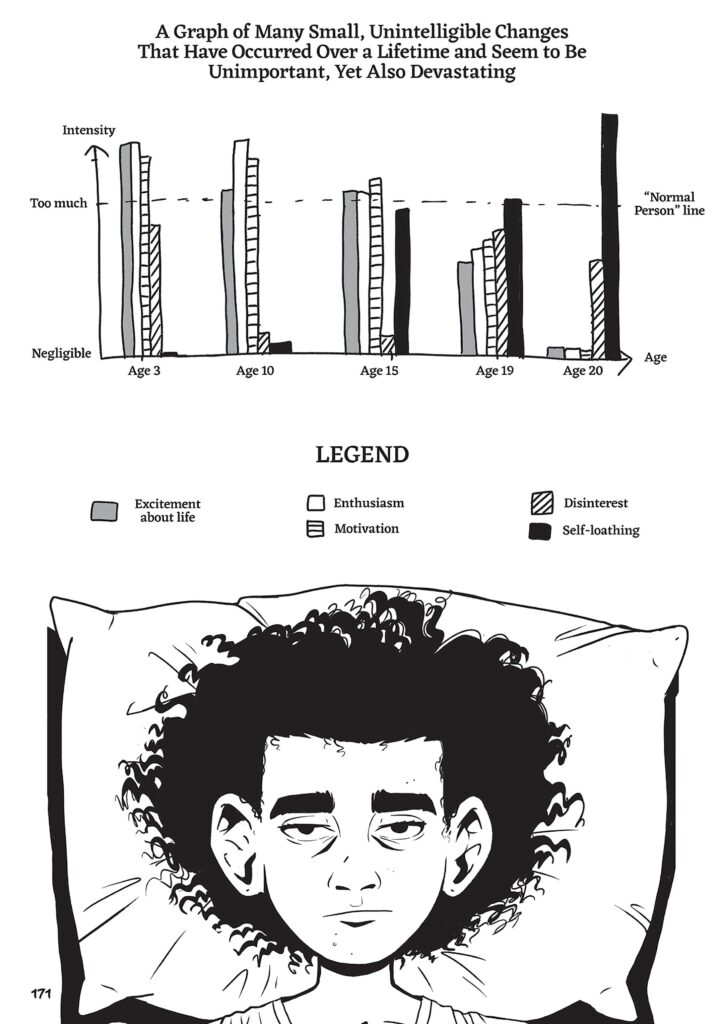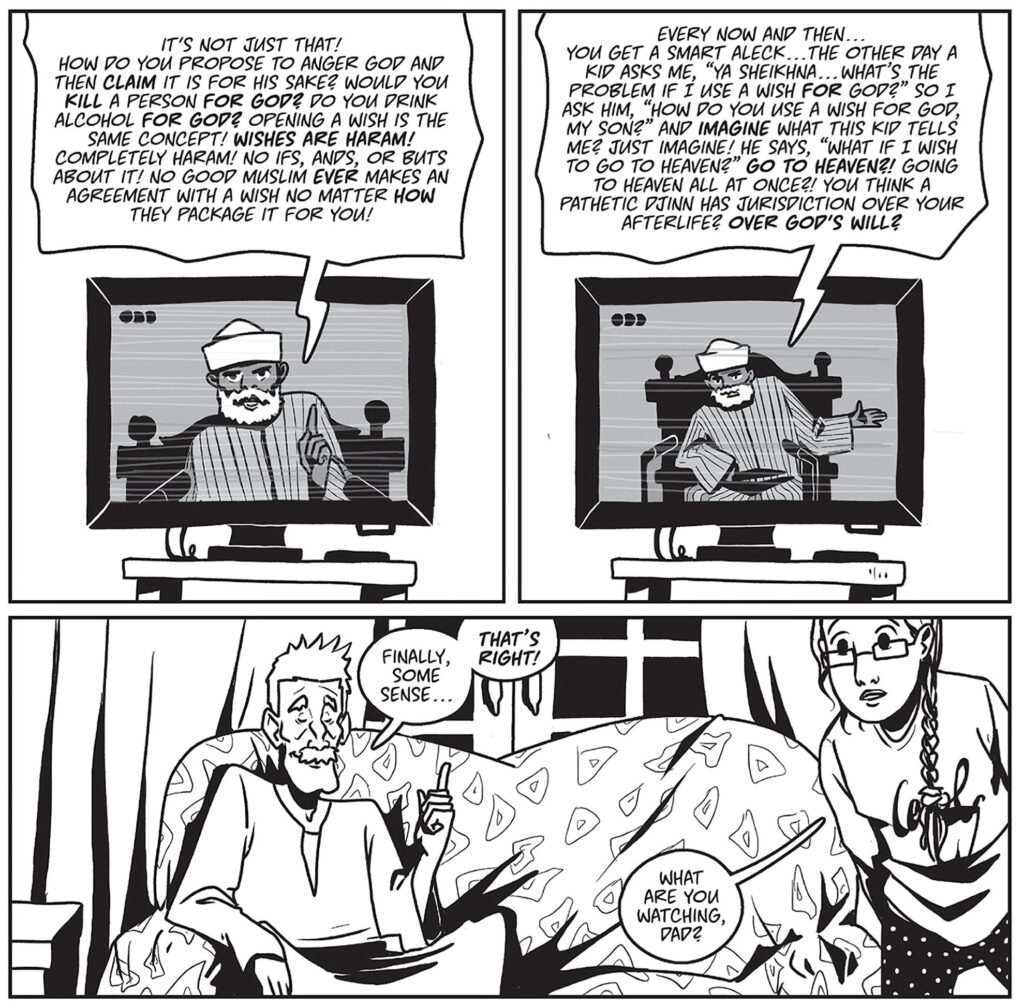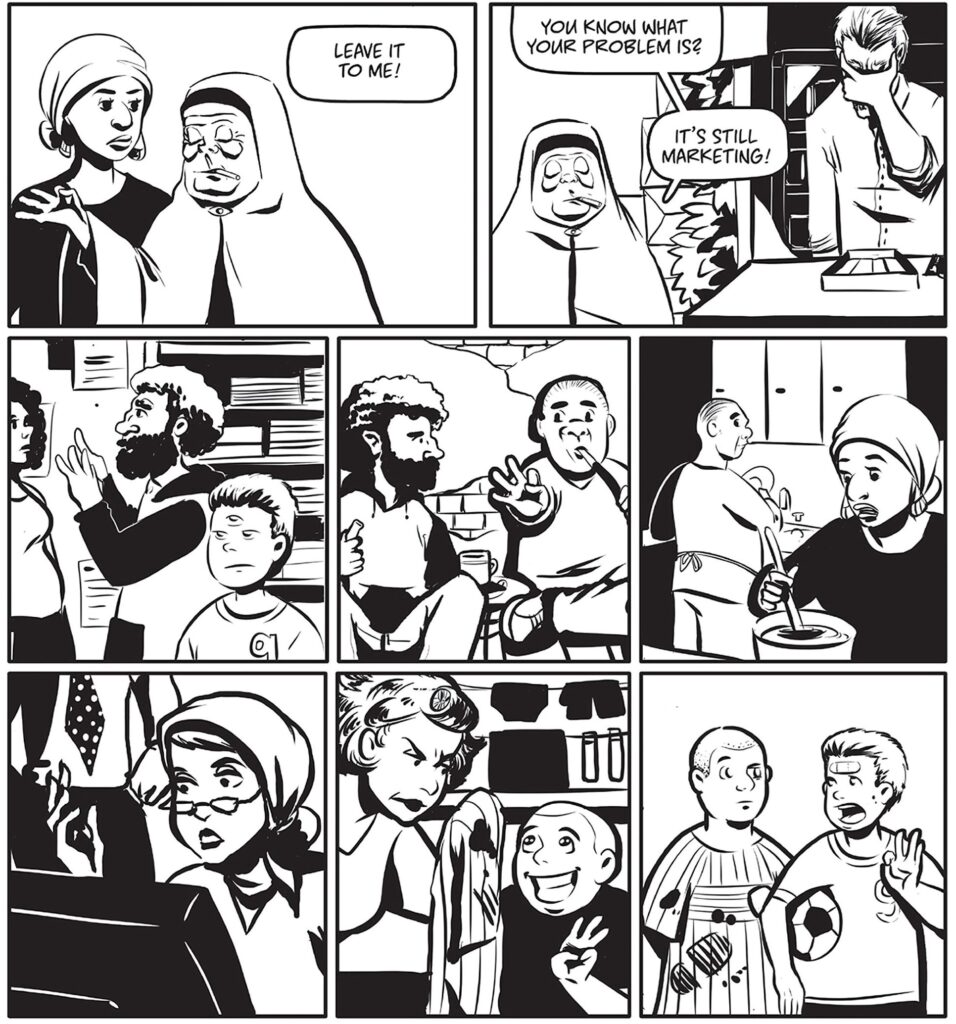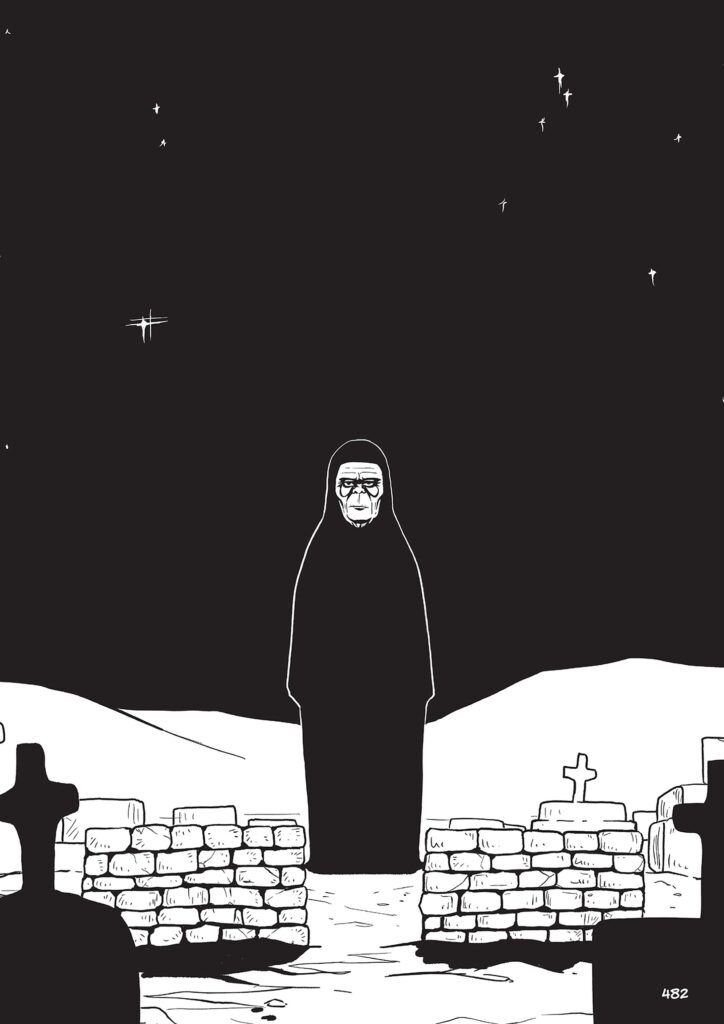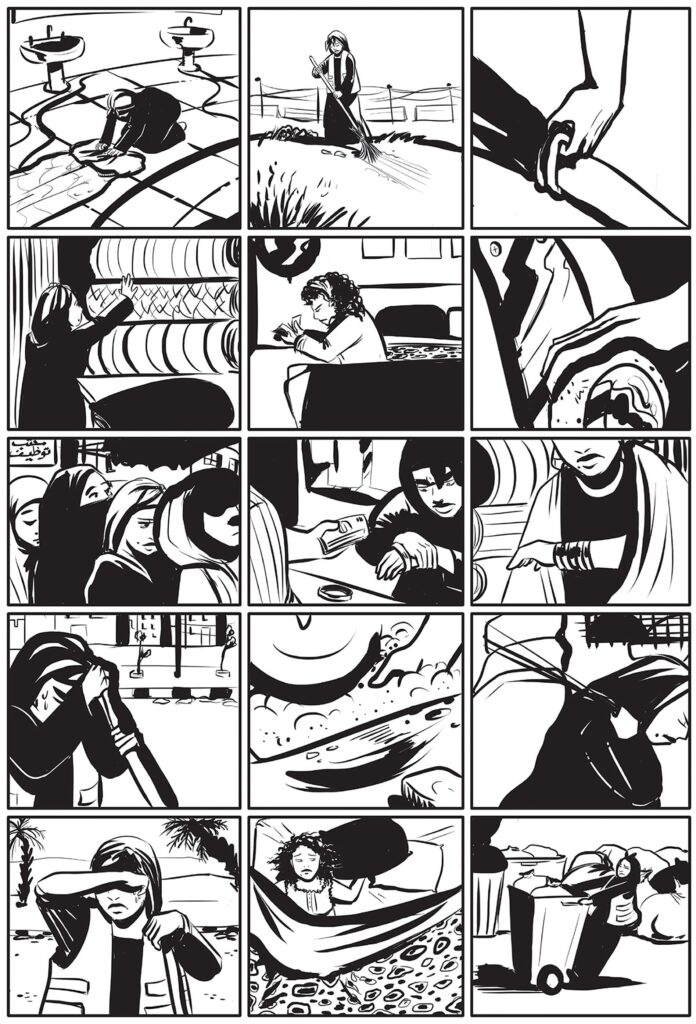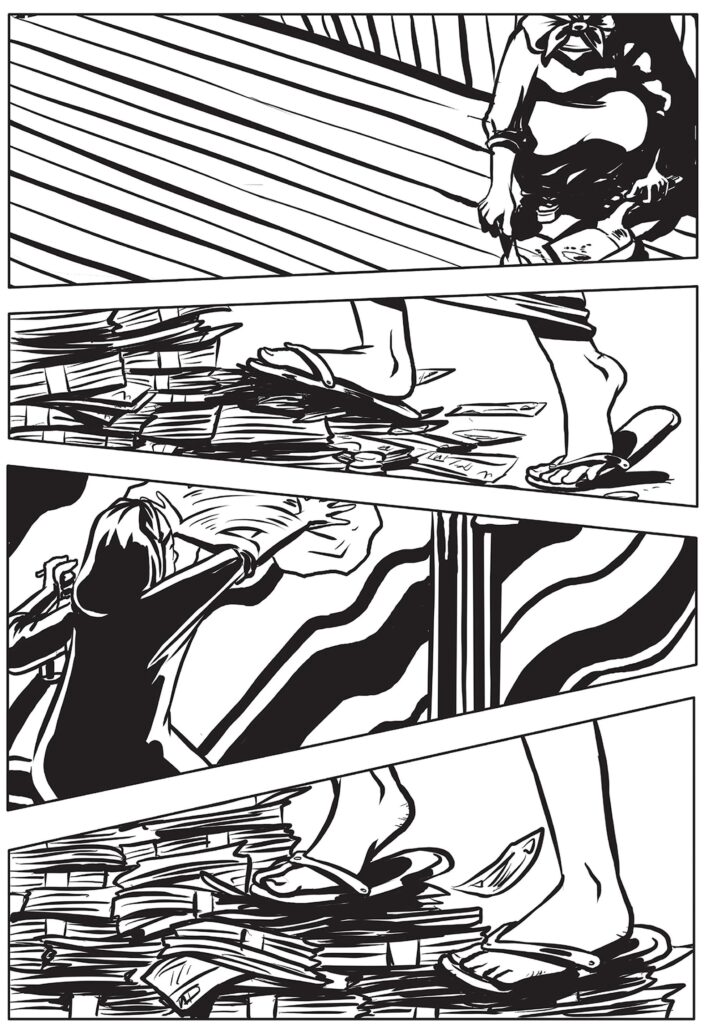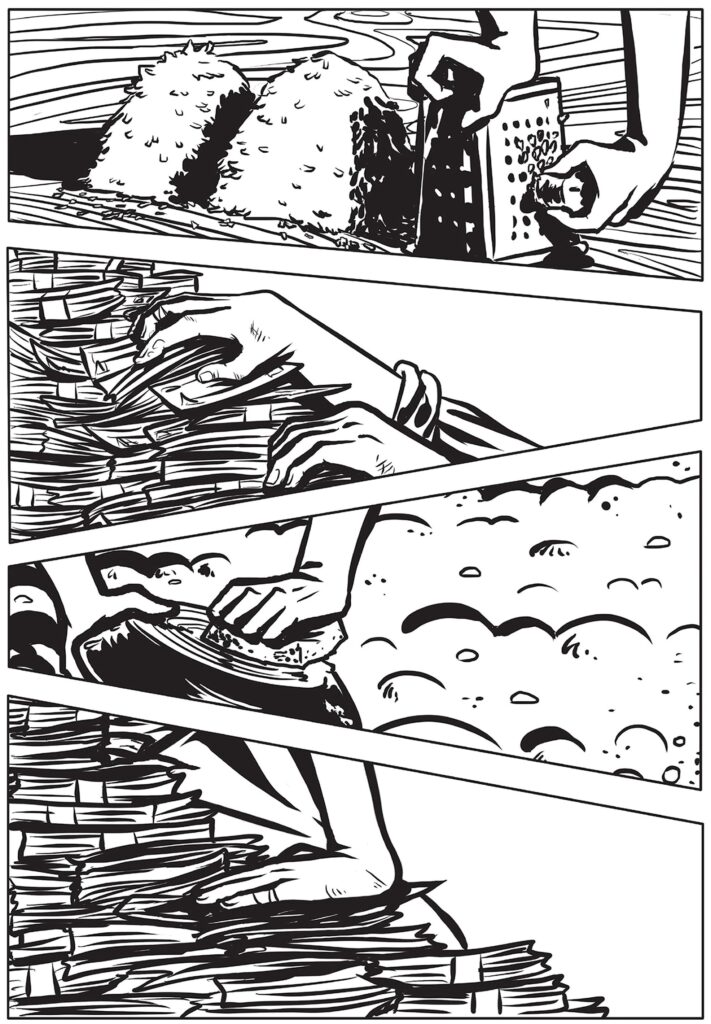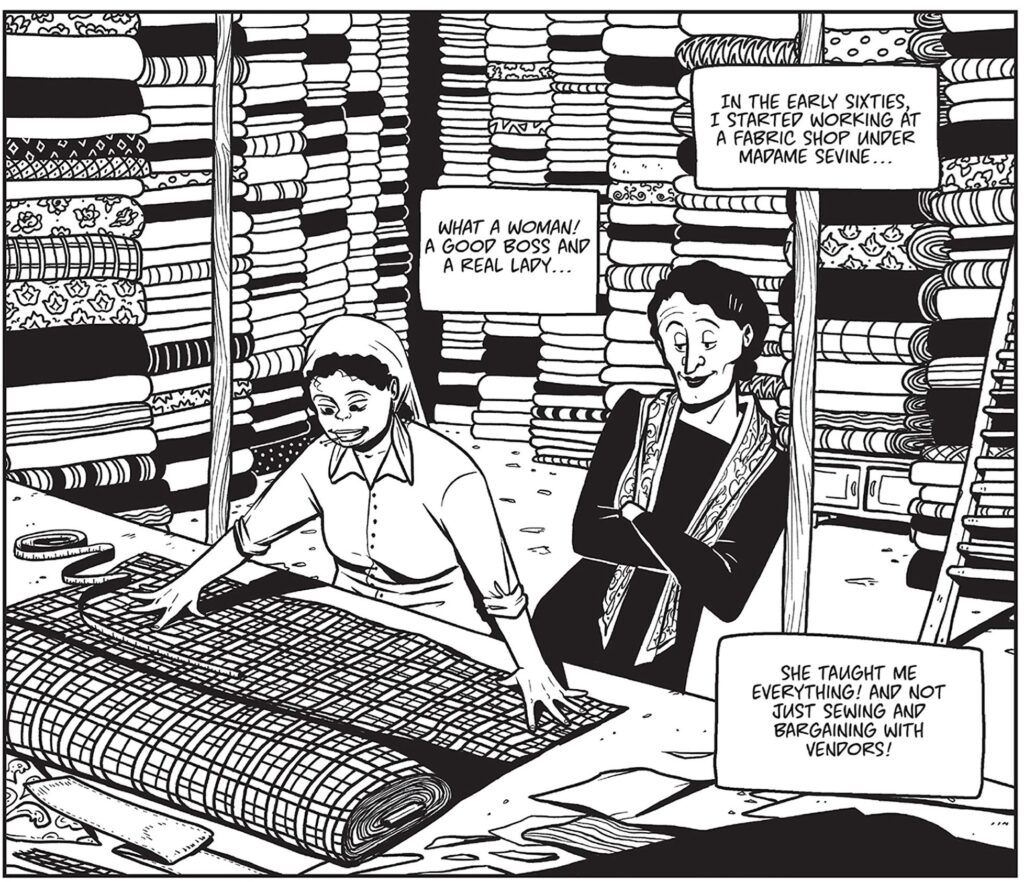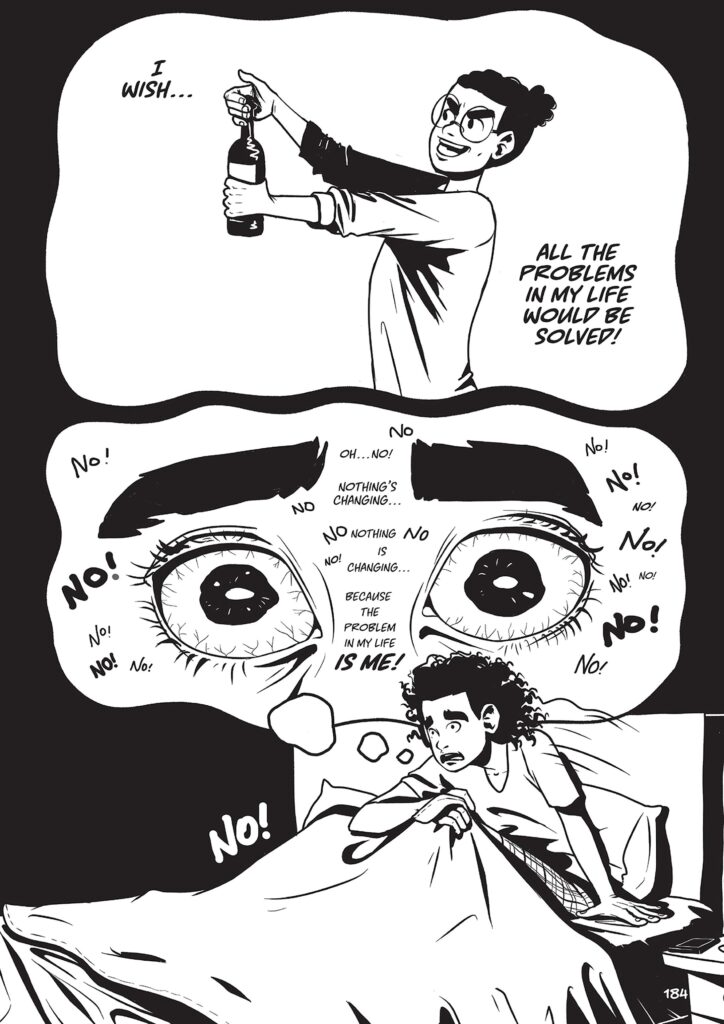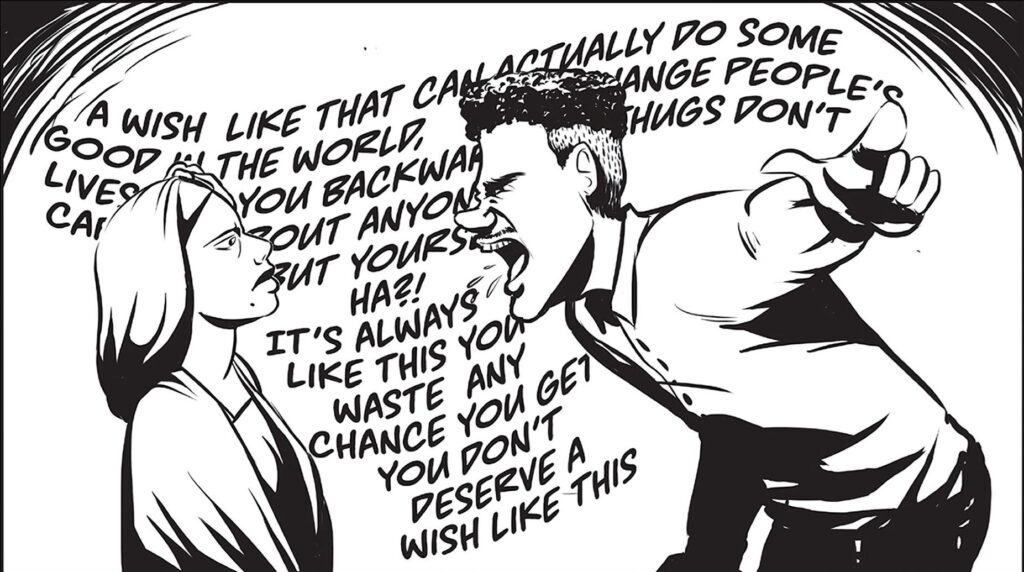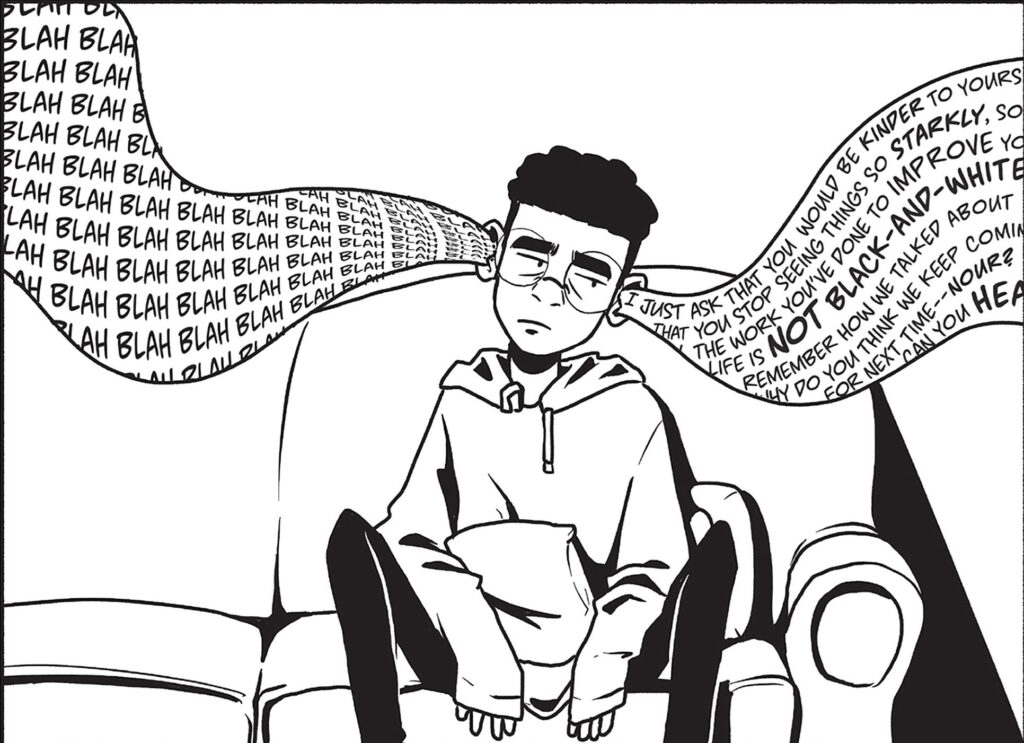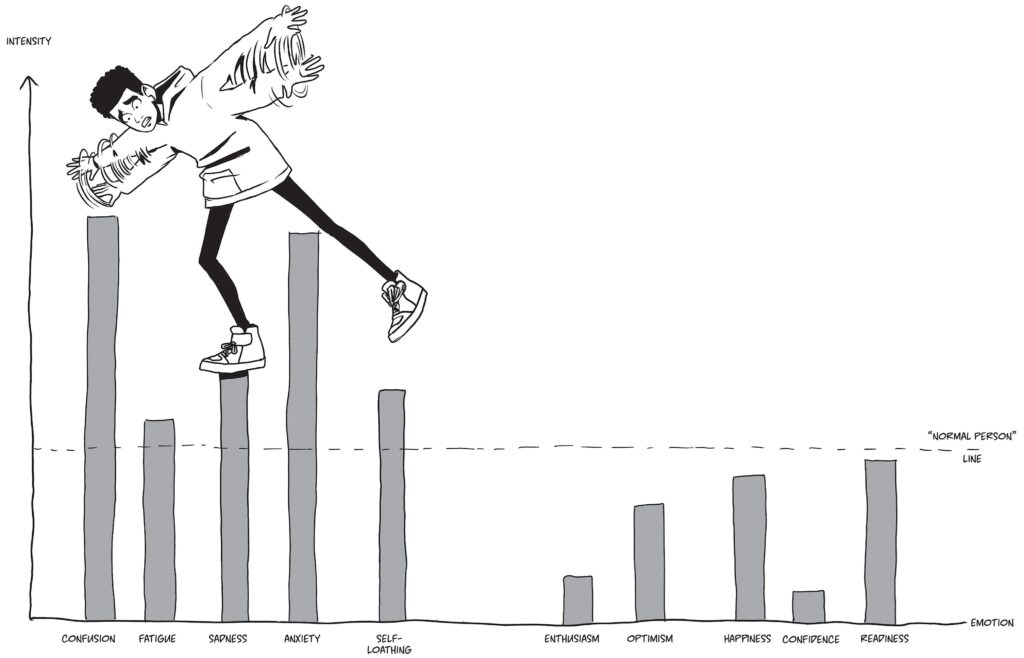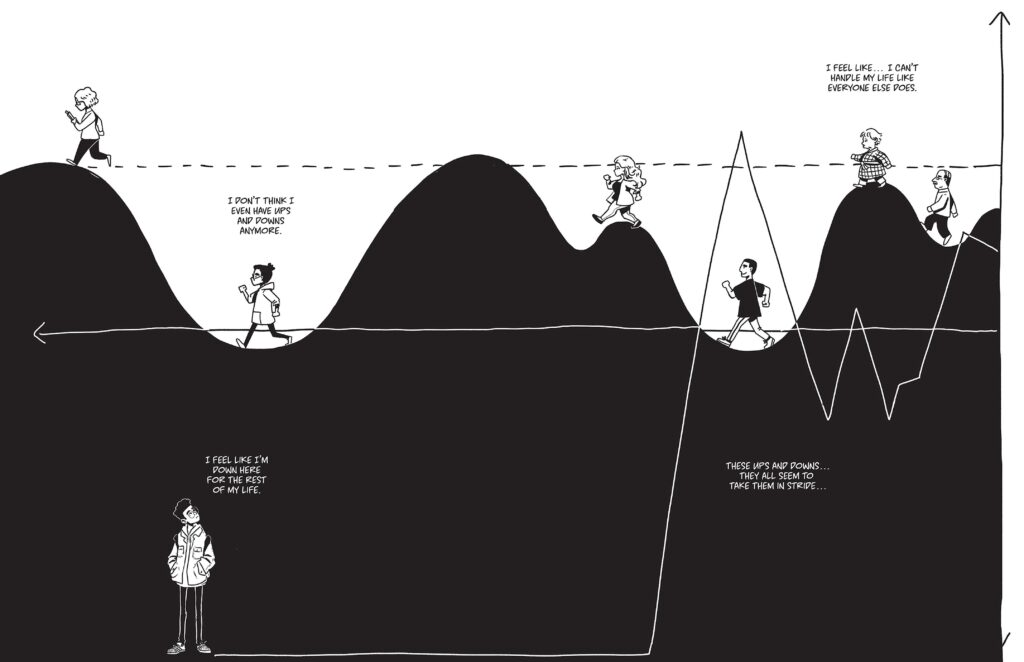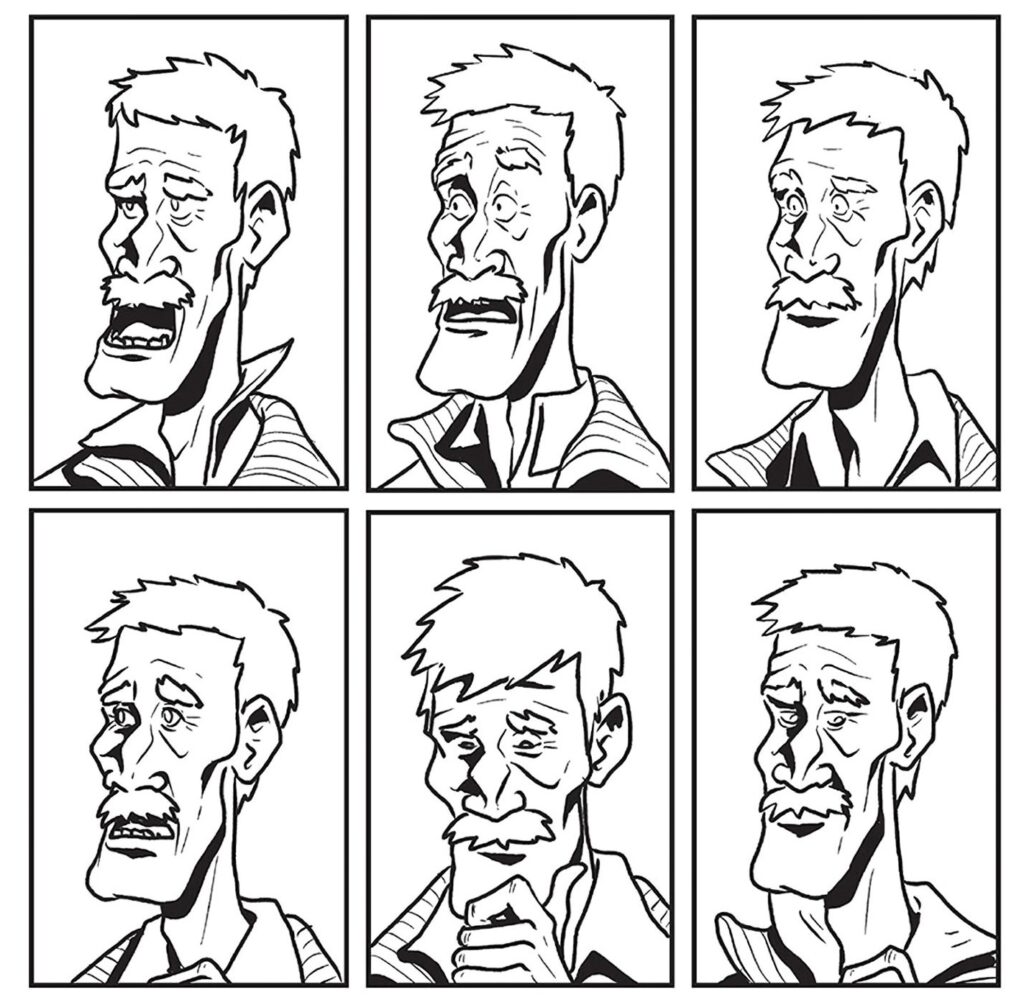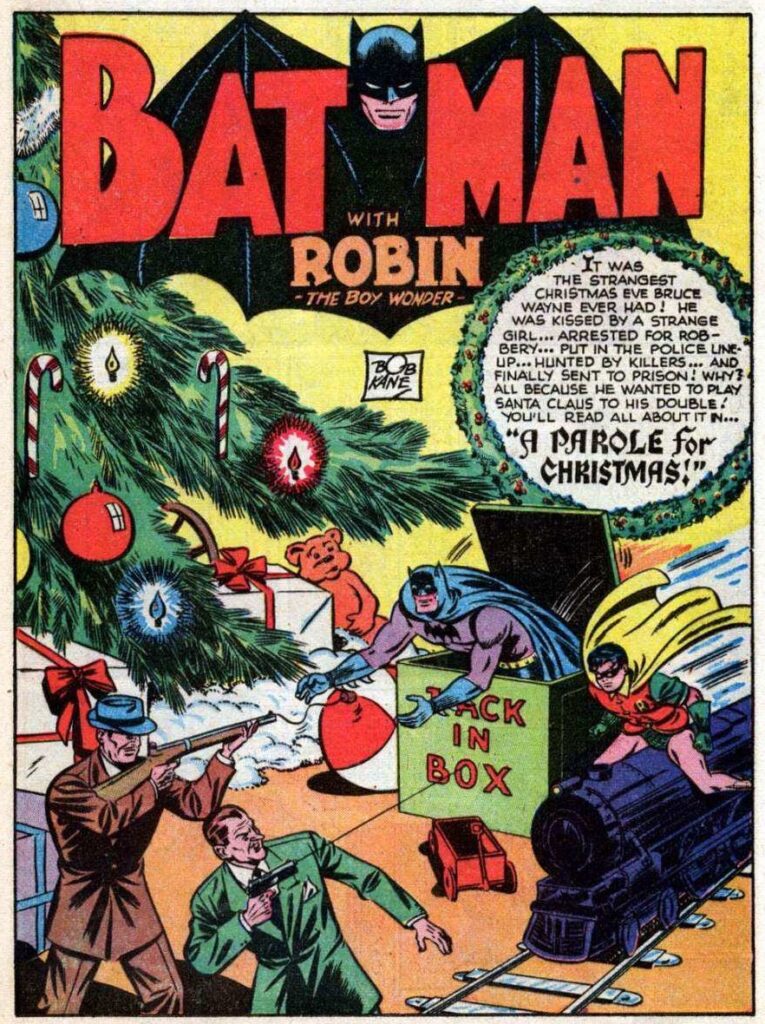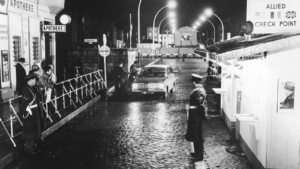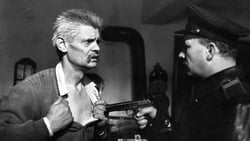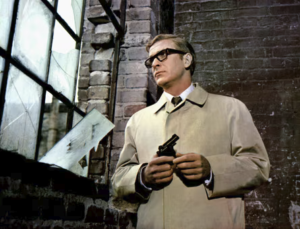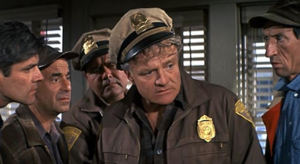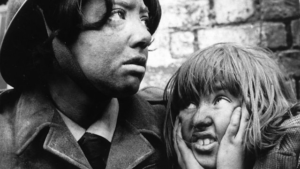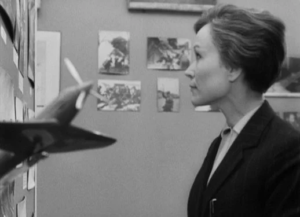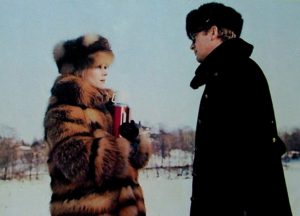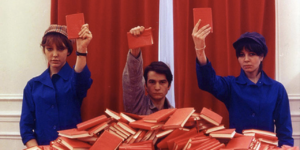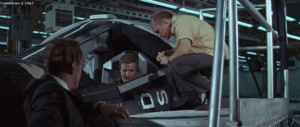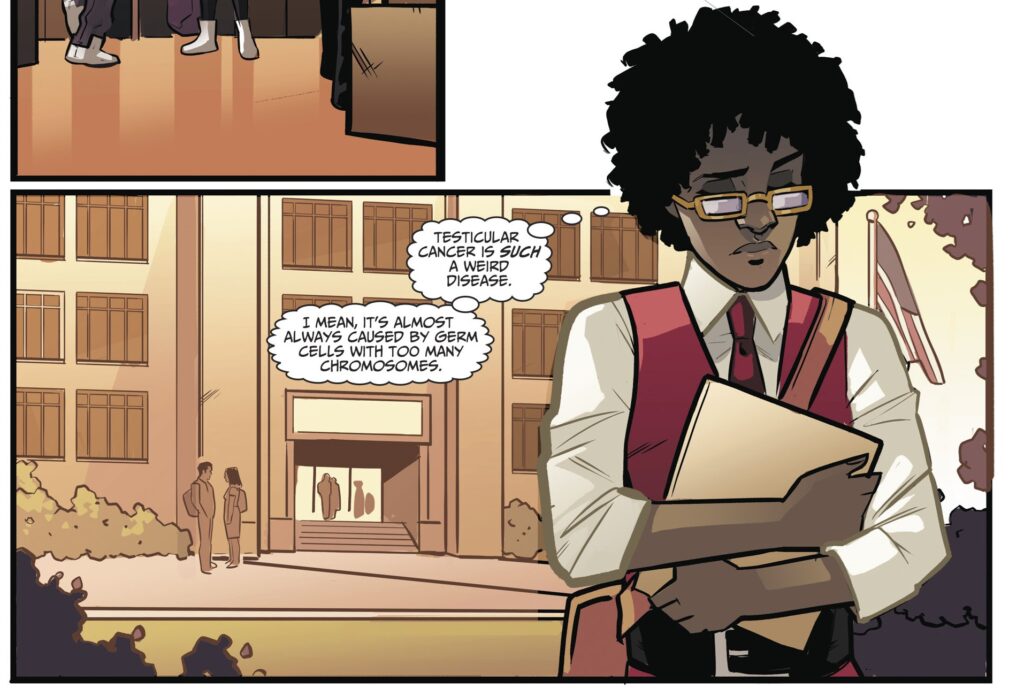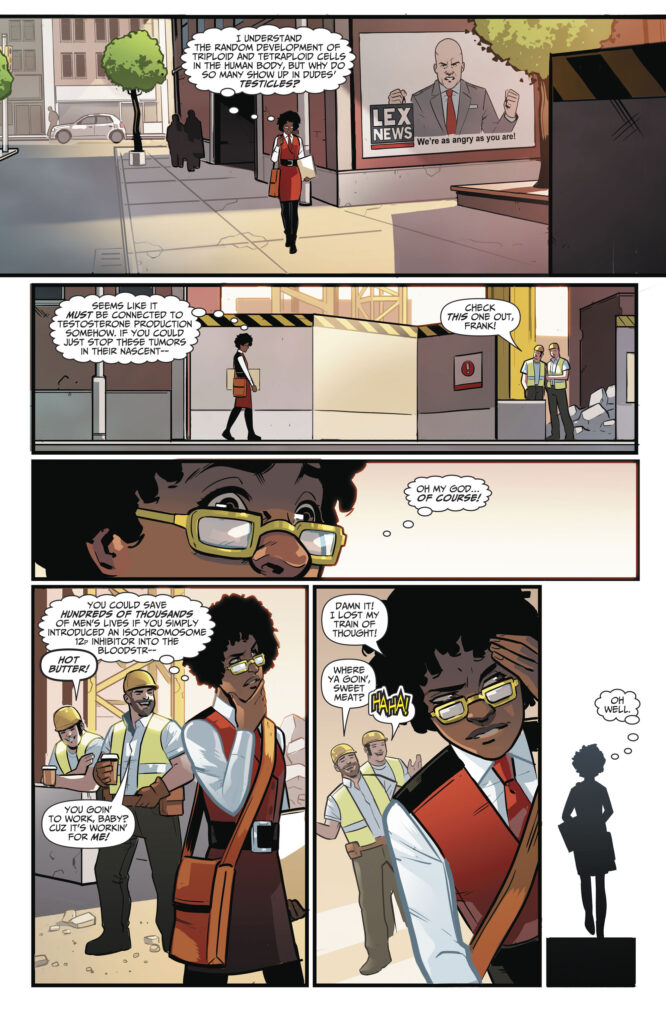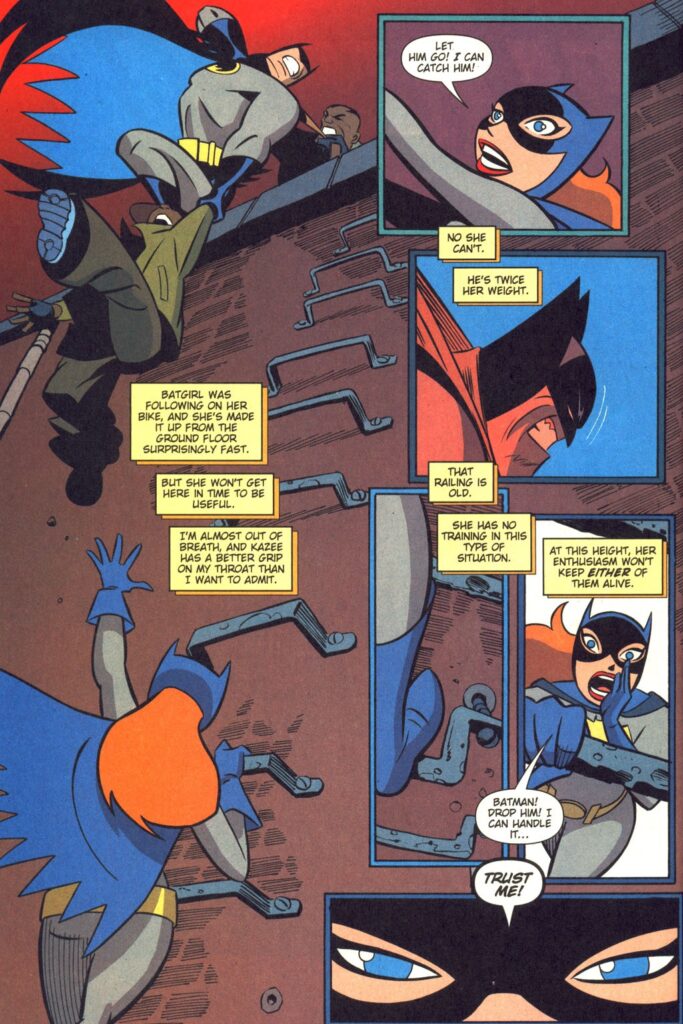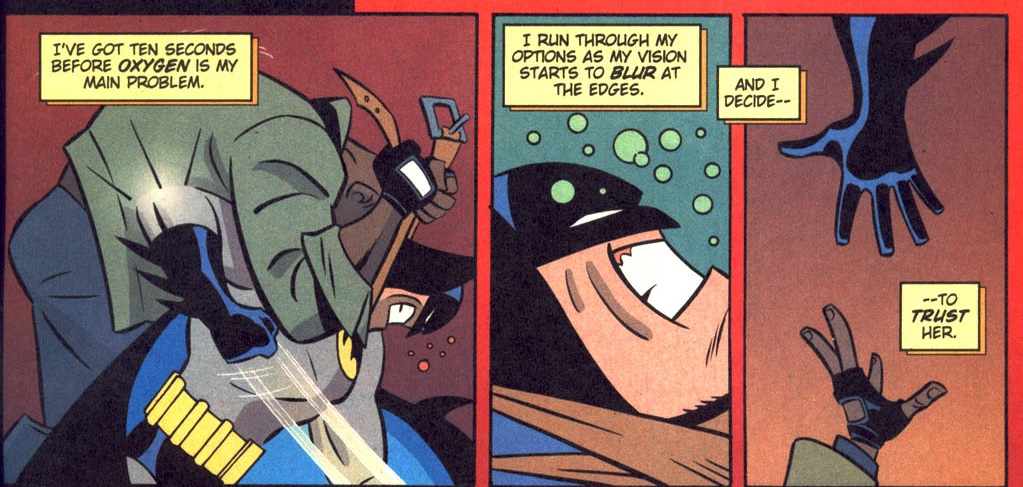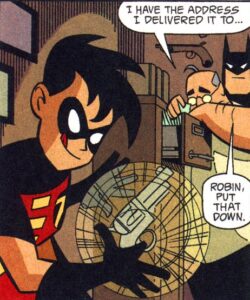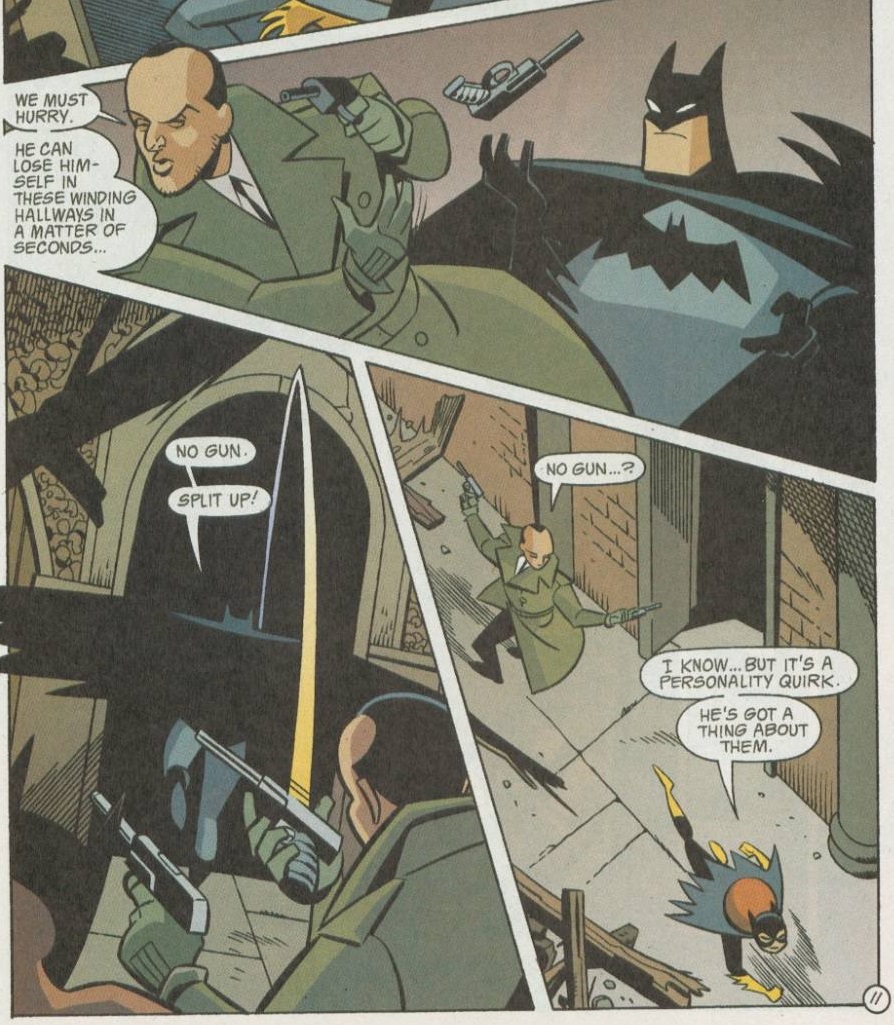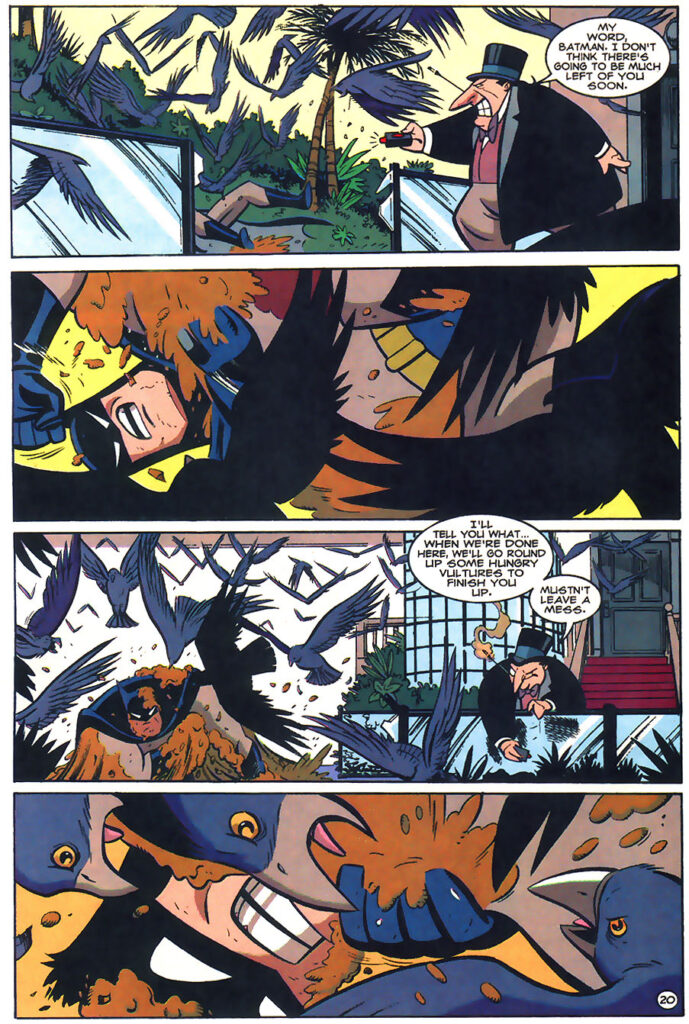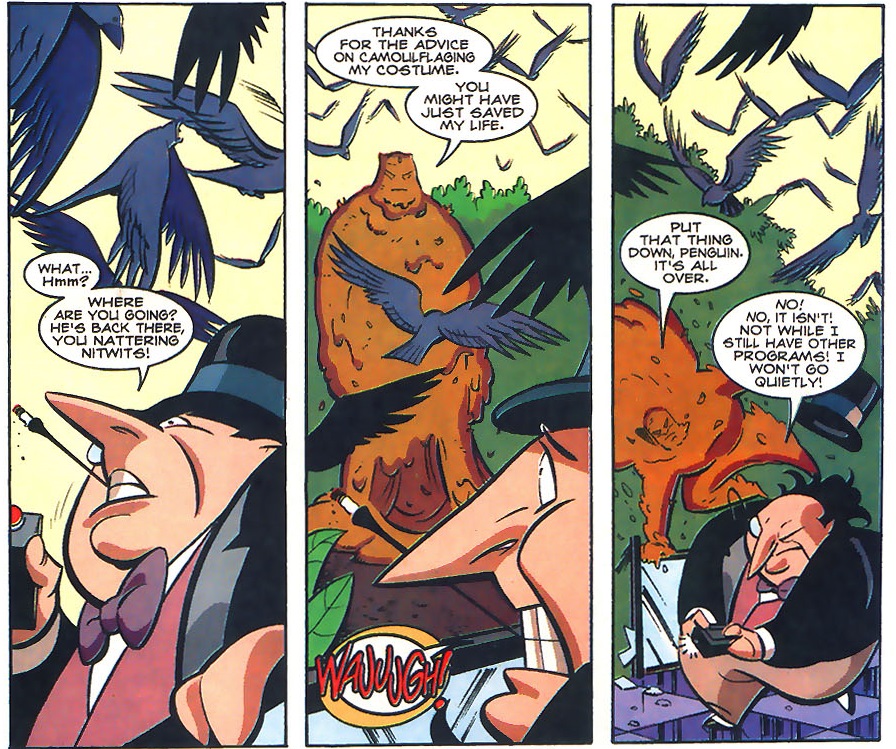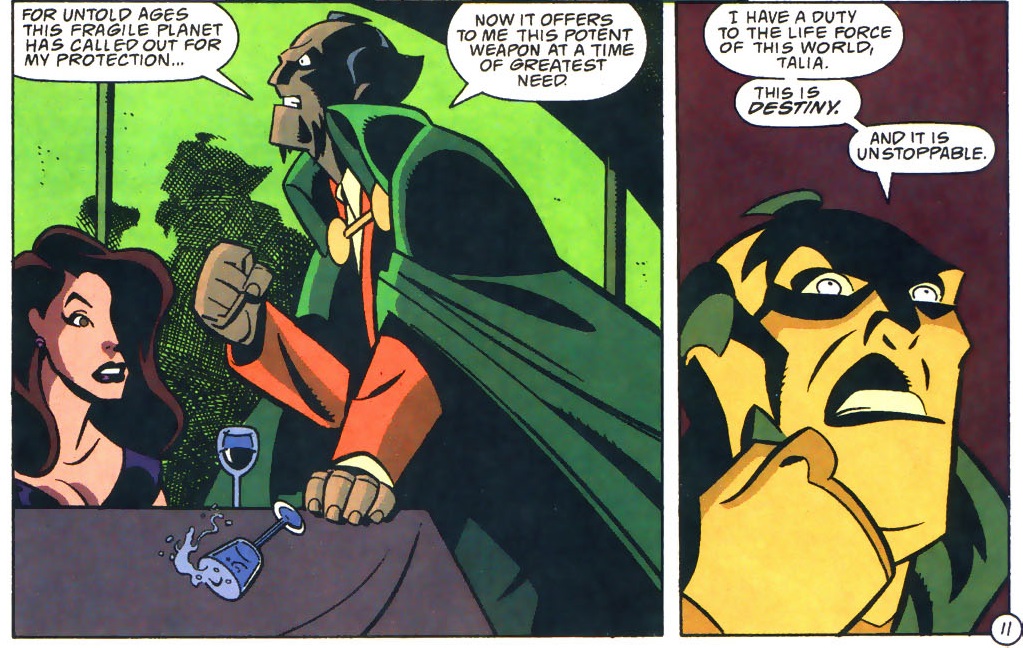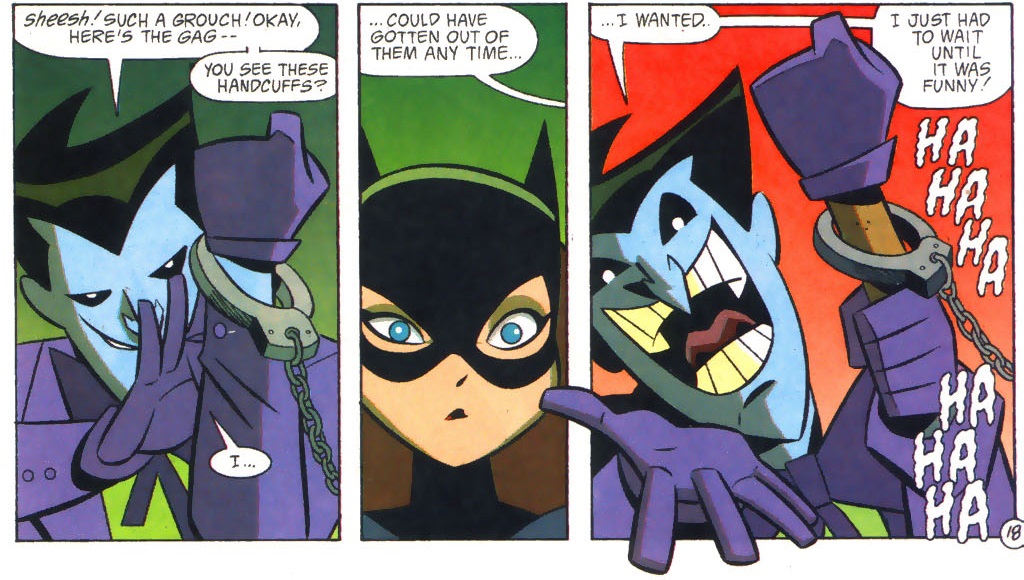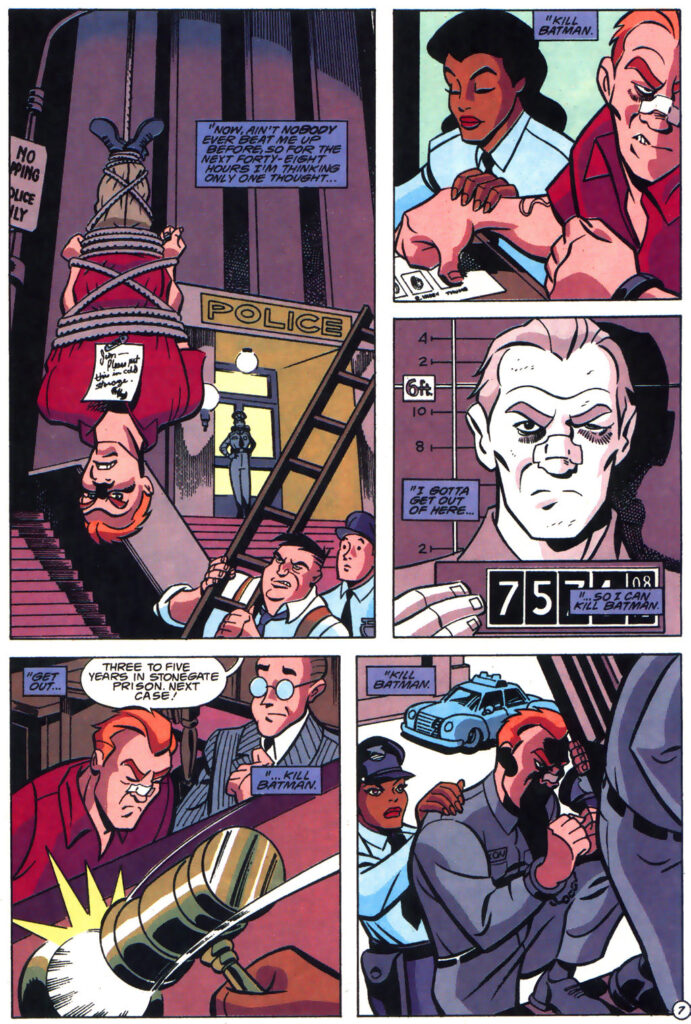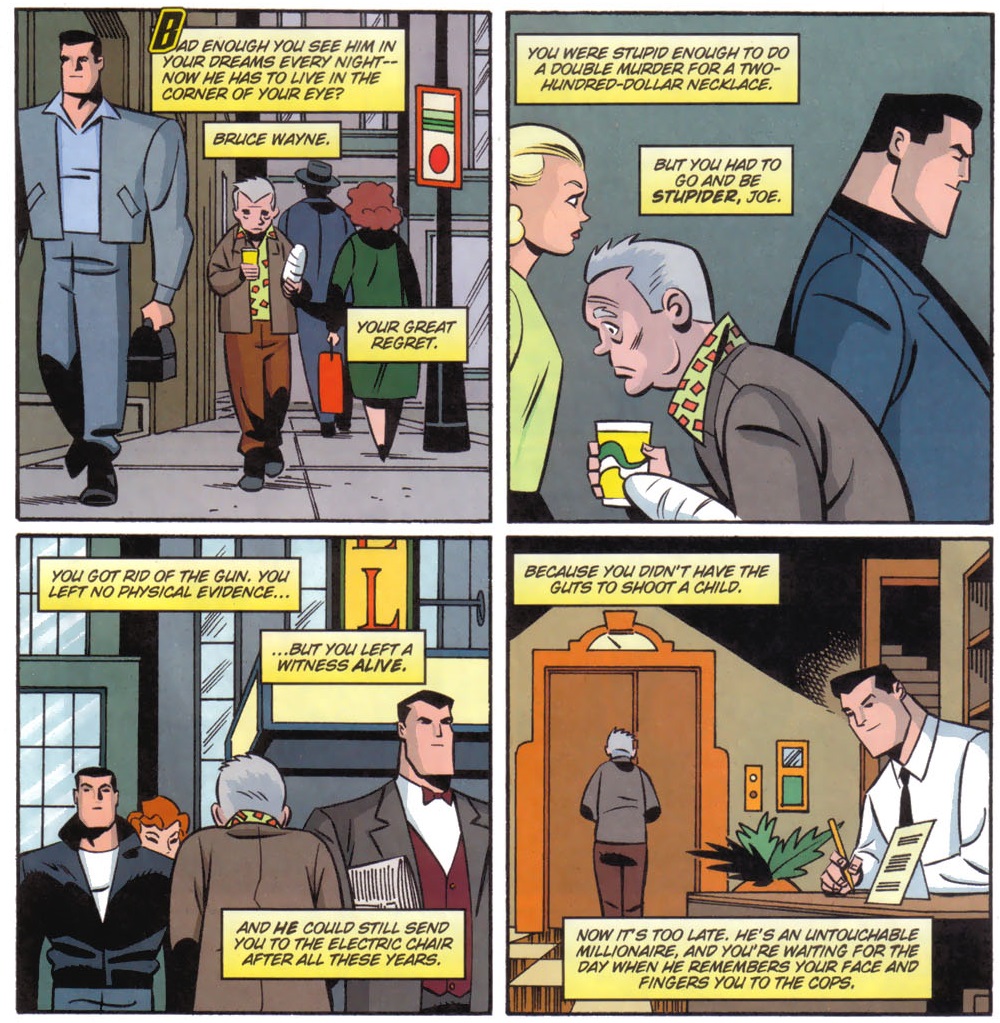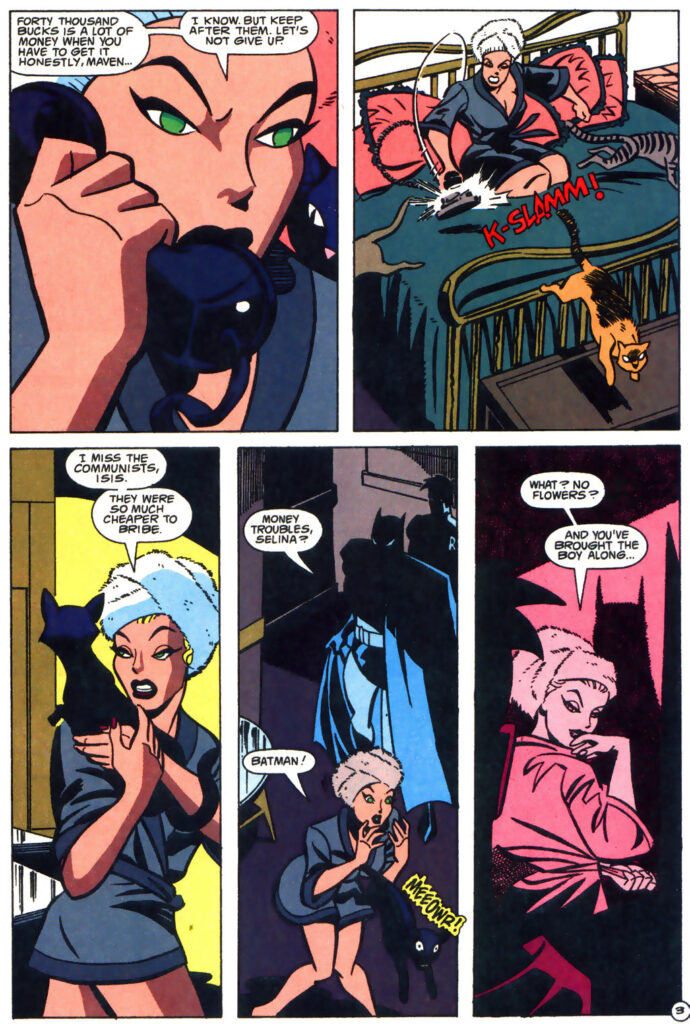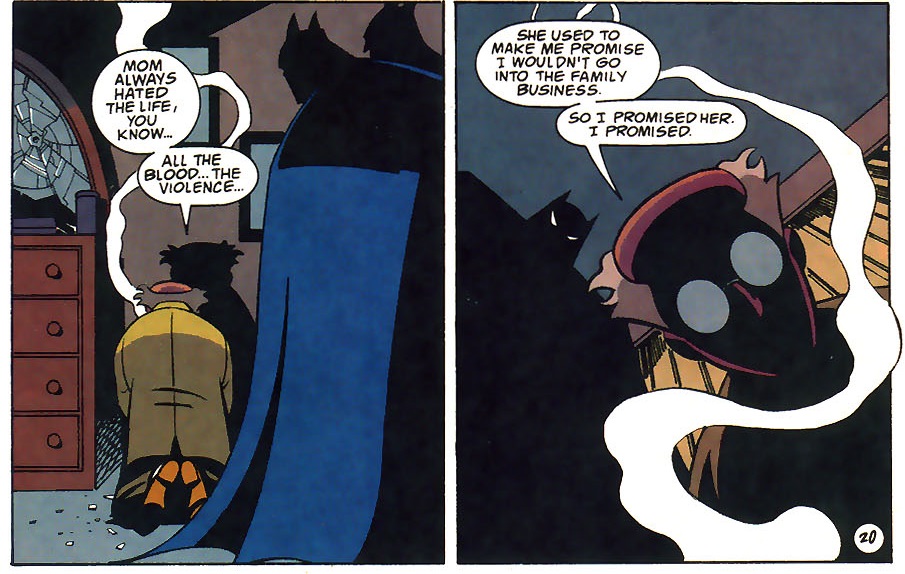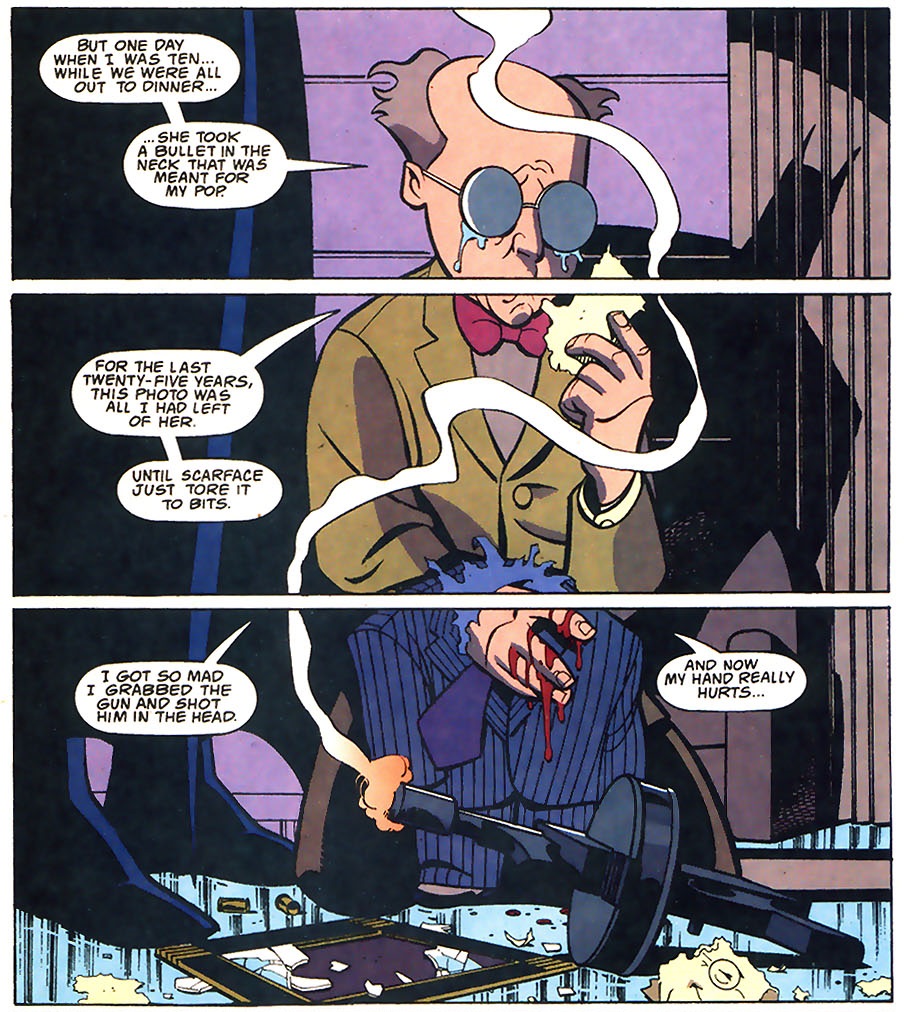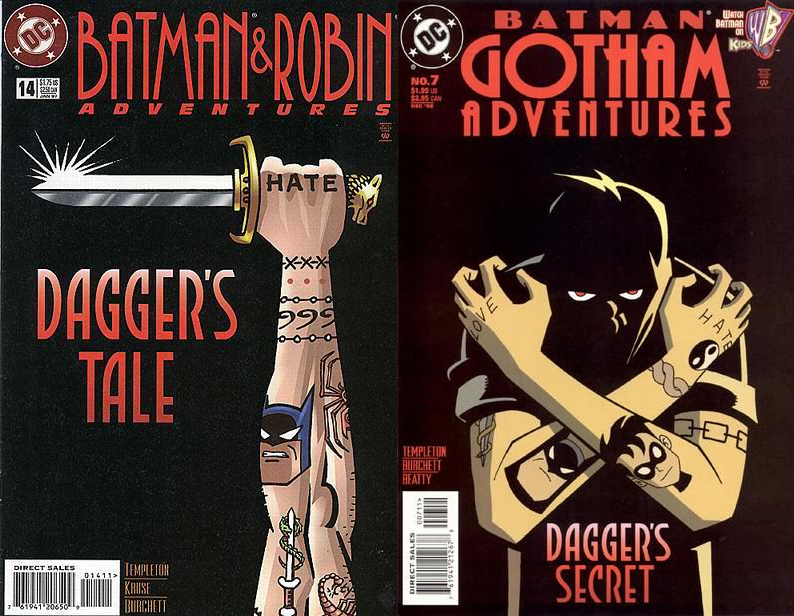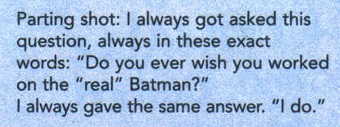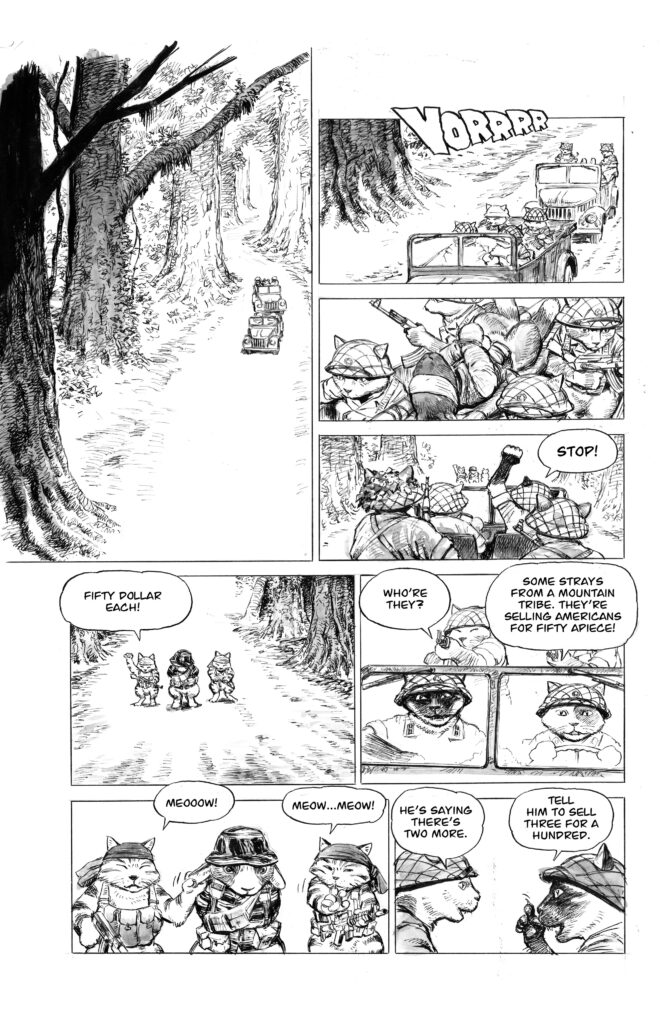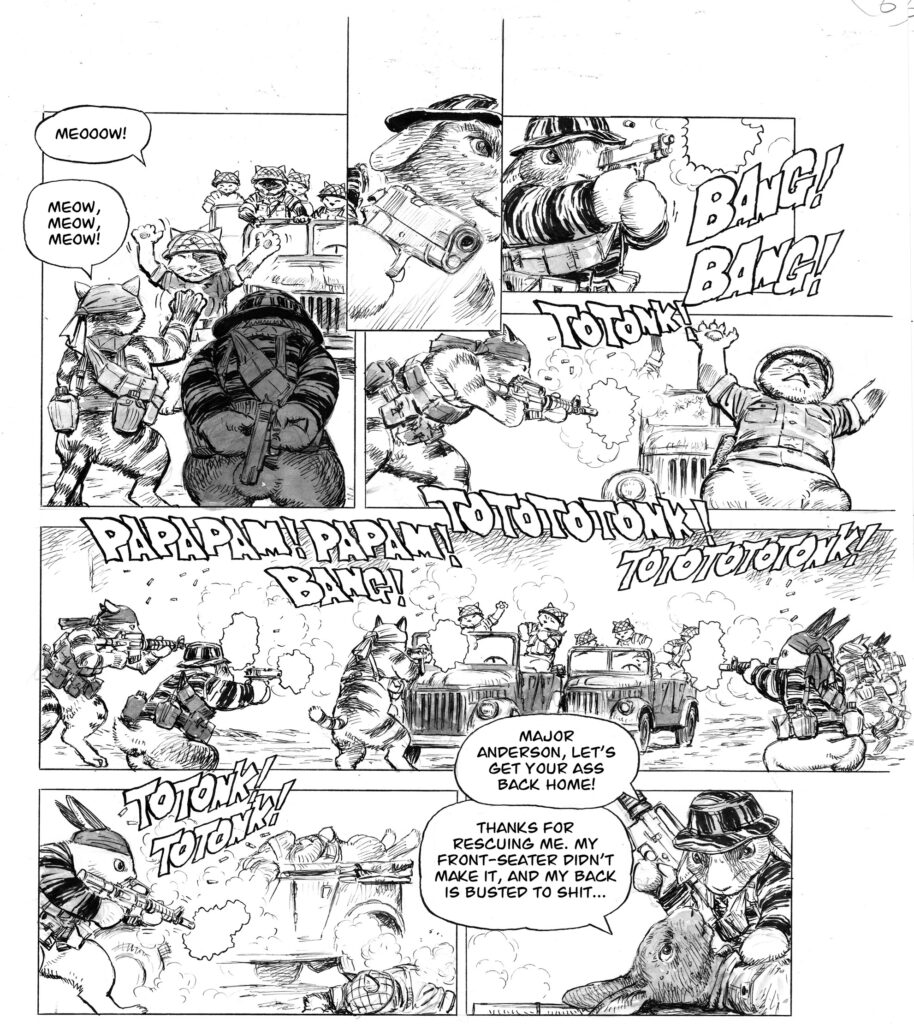Last month/year, I addressed how Ty Templeton wrote what I consider to be a quintessential take on Batman comics. Today, I want to focus on a specific aspect of Templeton’s scripts, namely their sense of humor.
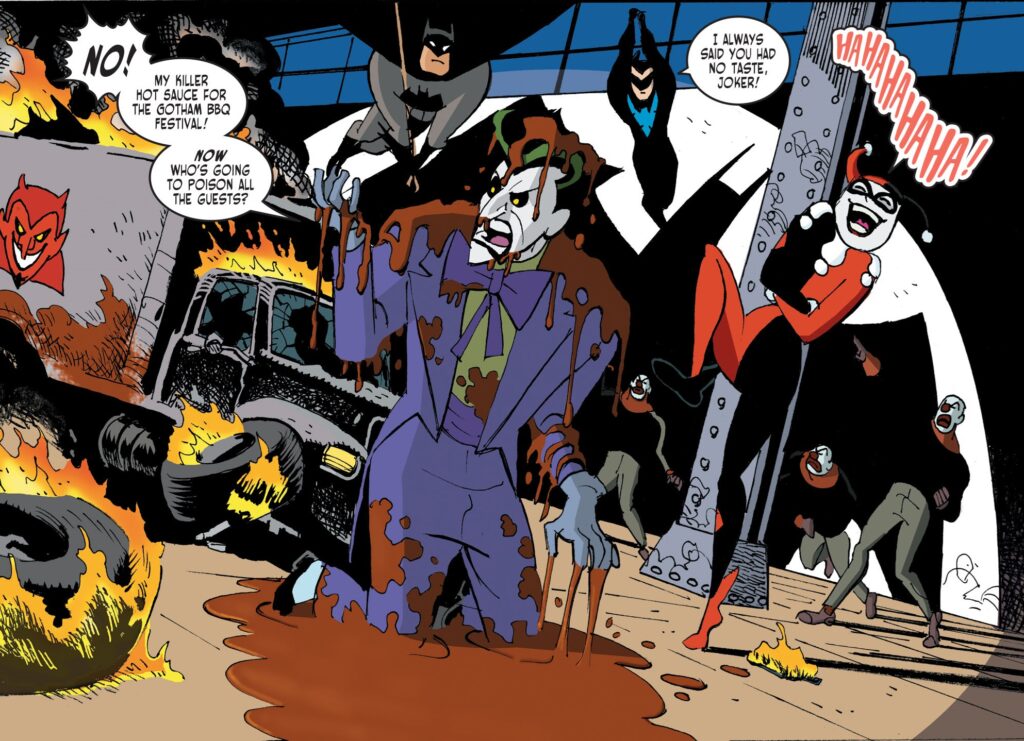
Harley Quinn and Batman
If I had to put my finger on why Ty Templeton’s comics resonated so much with me that they made me want to read as much as possible about these characters (and largely devote a weekly blog to this type of stuff), I guess at least part of the answer lies in their unapologetically fun – and funny! – approach to the Caped Crusader’s misadventures.
One of the many things Ty the Guy ‘got’ about the franchise is that, at its best, there is a droll dimension to the whole thing. And no, I don’t just mean the tradition of having the Dynamic Duo make puns while they kick their opponents’ butts. You don’t have to play it for laughs in a campy way, like in the 1960s’ TV series, and you don’t even have to have Batman himself cracking jokes – just let the absurdist elements breathe. Ultimately, Batman doesn’t have to be goofy: it’s enough for him to be awesome, because his over-the-top awesomeness can be a joke in itself…

JLA Annual #2
If anything, the Dark Knight’s stoic, no-nonsense attitude makes him the perfect straight man against whom to play off Gotham’s ludicrous world and twisted characters such as Harley Quinn (who started out as a rambunctious parody of toxic relations and domestic abuse). Aware of this, Ty Templeton not only supplied the likes of Quinn and the Riddler with amusing voices (full of wordplay and offbeat personality traits), but he also made the most out of their exchanges with the supposedly hyper-rational Caped Crusader, creating a chuckles-inducing contrast.
Now, I’m not saying it was merely the inherent surrealism of Batman’s world that brought out Templeton’s whimsical tendencies. Most of his other works tend to be comedies, all the way back to his breakout strip Stig’s Inferno (a madcap update of Dante’s The Divine Comedy). One of Templeton’s earliest gigs for DC, back in the late 1980s, was to write and draw humorous origin tales for Z-listers like Bouncing Boy and the League of Substitute Heroes (Secret Origins #37 and #49).
In both drawing and writing style, Ty the Guy has clearly been influenced by Harvey Kurtzman. While this influence is more blatant in his wacky Simpsons comics, I’d argue you can also discern it in more tongue-in-cheek works, like the one-shot Dark Claw Adventures, which pits an amalgam of Batman and Wolverine against cyber-ninja assassins!
Yet nowhere did Templeton come closer to MAD-like shenanigans than in the short story ‘Batsman,’ a deliberately silly affair where the central joke is that a flock of bats – and not just one – flew through Bruce Wayne’s window, so his costume is now adorned with cumbersome extra bats… The whole thing seems like a direct tribute to Kurtzman, illustrated by Marie Severin (who used to work with Kurtzman back in the day) and packed with just his type of zany dialogue and plentiful sight gags informed by pop culture (including, among others, appropriate riffs on the Adam West TV series):
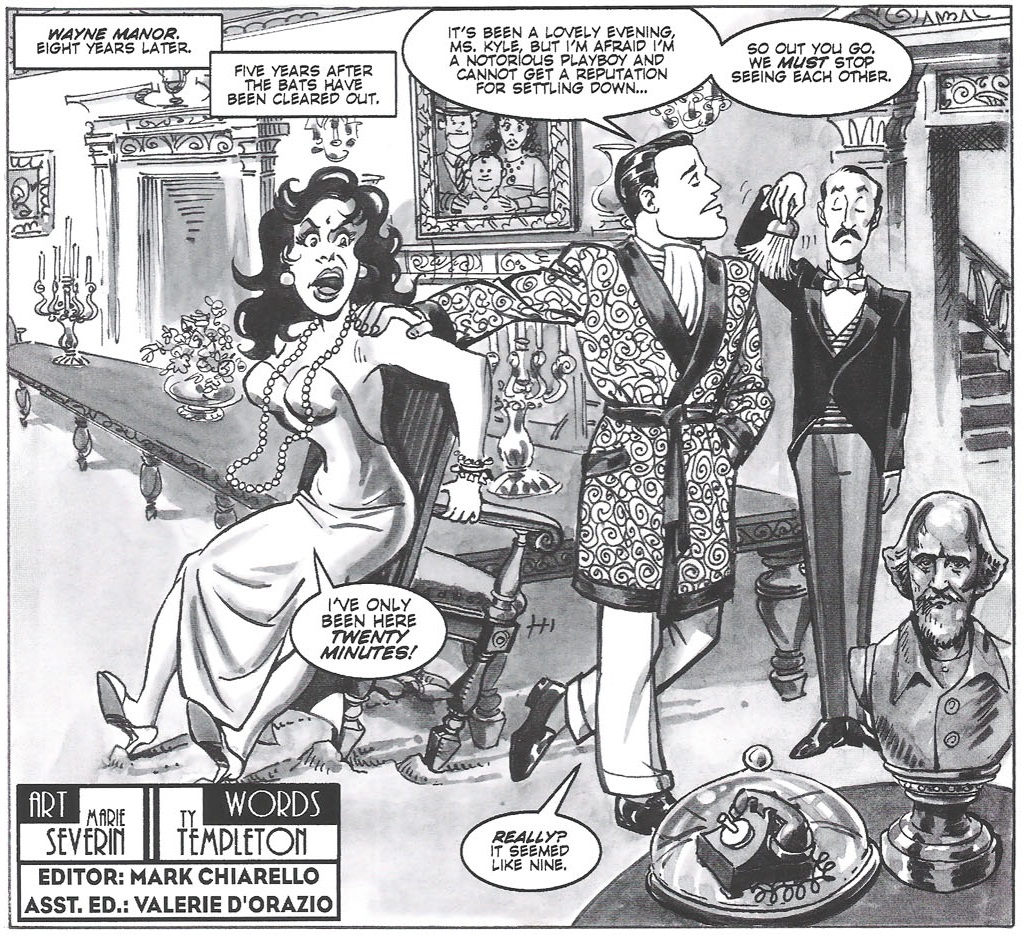
Batman: Black & White, vol.2
The last couple of examples were not from the regular Batman Adventures line, although things got quite raucous over there as well, especially when Ty Templeton returned after a lengthy hiatus, with 2017’s mini-series Harley Quinn and Batman (a tie-in prequel to that year’s animated movie Batman and Harley Quinn, done in a similar irreverent spirit).
Way before that gig, though, his regular Batman scripts had already been pretty witty. Plus, as I mentioned last time, Templeton and artist Rick Burchett (whose cartoony pencils sometimes veered towards the manic energy of a Max Sarin or even a José Luis Munuera) were not afraid to experiment with the medium’s language, even as they sought to keep Adventures as reader-friendly as possible. This tendency was occasionally put in the service of laughs, like when Harley Quinn’s attempts to cheer up the Joker were rendered in the form of a ‘musical’ montage:
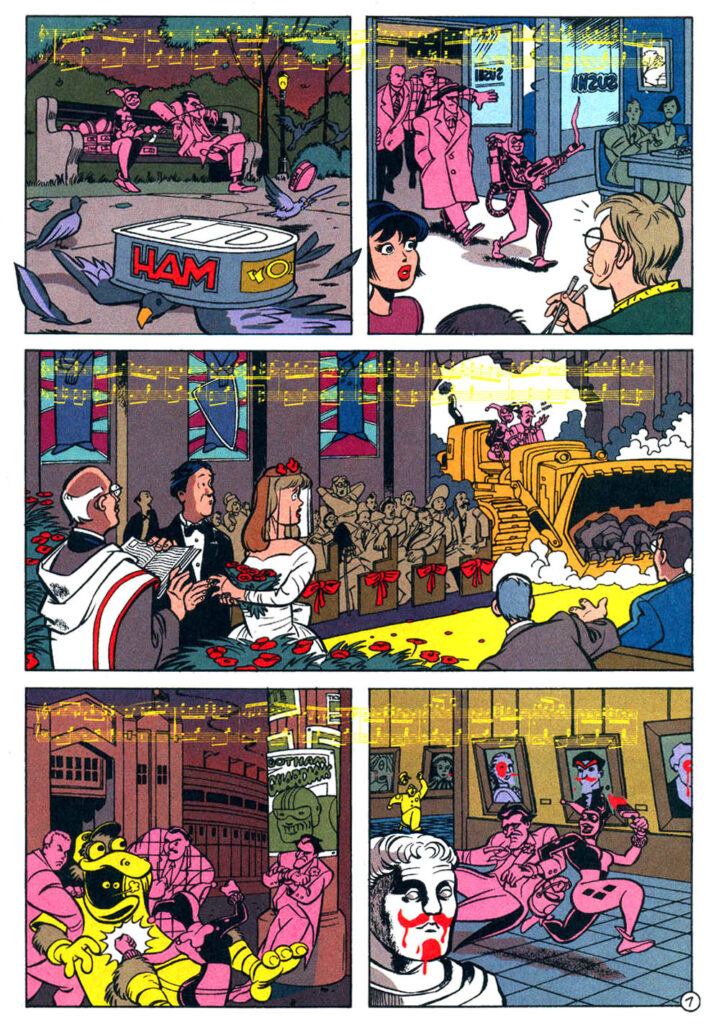
Batman & Robin Adventures #18
To be fair, in emphasizing comedy and zesty action, Ty Templeton was pretty much following the tone set by Kelley Puckett’s original scripts for Batman Adventures (some of which had been illustrated by Templeton himself) – a tone that would then be further pursued in Scott Peterson’s cool run after Ty the Guy left Gotham Adventures.
Yet Templeton brough in his own particular sensibilities. Above all, this included a knack for slapstick parody of media and celebrity culture, a vein that he also explored in the Vertigo graphic novel Bigg Time and in 1999’s Plastic Man Special (which includes, among other things, a sidesplitting interview with the director of the fictitious Plastic Man: The Movie), not to mention his Howard the Duck mini-series (set in the aftermath of Marvel’s Civil War crossover).
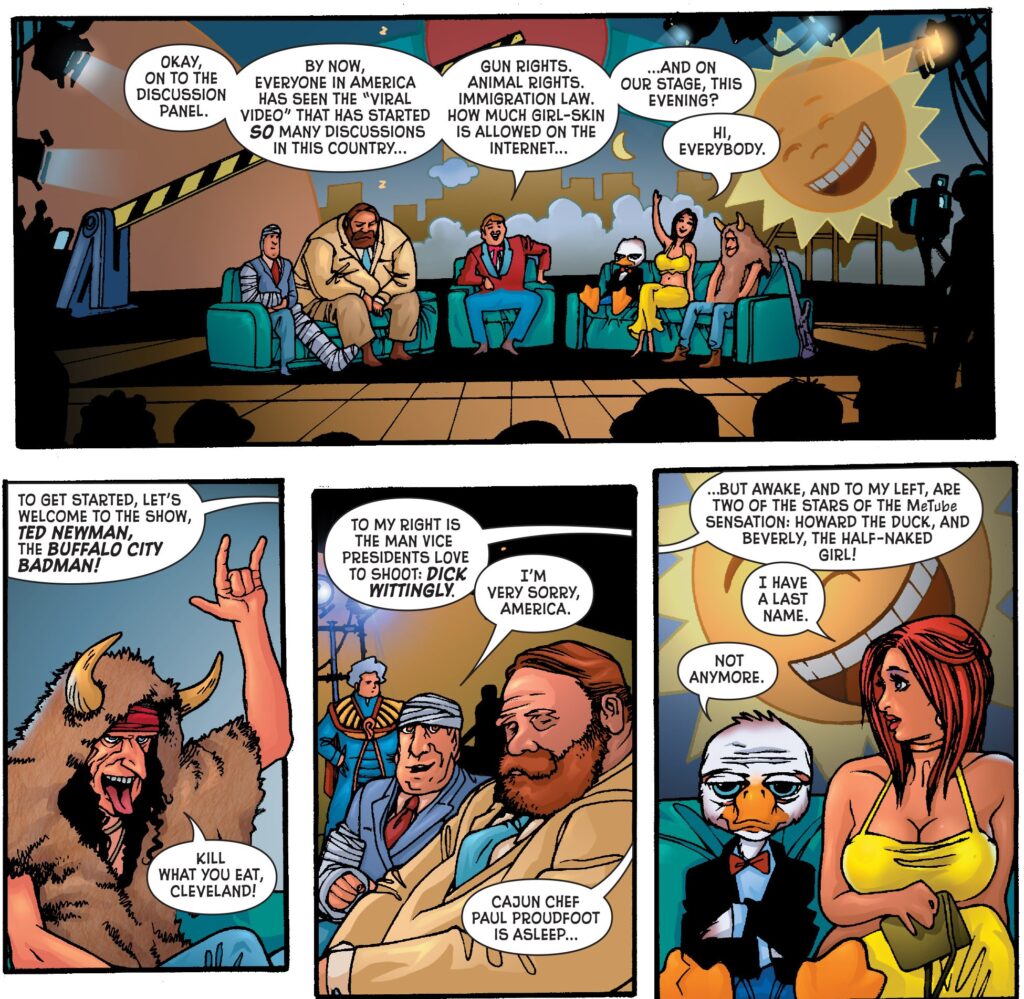
Howard the Duck (v4) #2
Media satire is a key running theme throughout Templeton’s Batman work.
The hilarious ‘Round Robin’ (Batman & Robin Adventures #6) pokes fun at the sensationalist fake news of National Enquirer-style tabloids, as the National Insider publishes a story about Robin getting fired and then dozens of annoying kids start harassing the Caped Crusader to be his new sidekick, constantly getting in his way. In ‘Crocodile Tears’ (Batman & Robin Adventures #23), Killer Croc develops a crush on reporter Summer Gleason after watching her trash the Dynamic Duo on the air, unaware that she is just cynically following a ratings-chasing agenda (‘It’s just TV. It’s not like it really means anything to anybody.’). The premise of ‘Mightier Than the Sword’ (Gotham Adventures #10) is that Harley Quinn is planning to write a tell-all autobiography about her years with the Joker, which seriously pisses off the Clown Prince of Crime, who breaks out of Arkham and goes after her… so Harley’s editor arranges for her to write the book in a hotel specialized in persecuted authors (one of her neighbors is Salman Rushdie).
The latter story got a sequel, ‘Masks of Love: A Harley Quinn Romance’ (Gotham Adventures #14), where Harley pulled off a series of crimes as publicity stunts to drum up sales for a cheesy – and by all accounts atrociously written – romance novel she had just published (a roman a clef in which she apparently has a torrid affair with Batman!). Besides once again mocking the ruthless tactics of commercialized spectacle, this is just the sort of story I love about Joker and Harley Quinn, with crime and mayhem deriving from these psychopaths’ petty motivations and lopsided logic (something that is taken to an even more darkly comedic extreme in ‘My Boyfriend’s Back,’ from Batman Adventures (v2) #3).
Plus, we get this priceless moment:
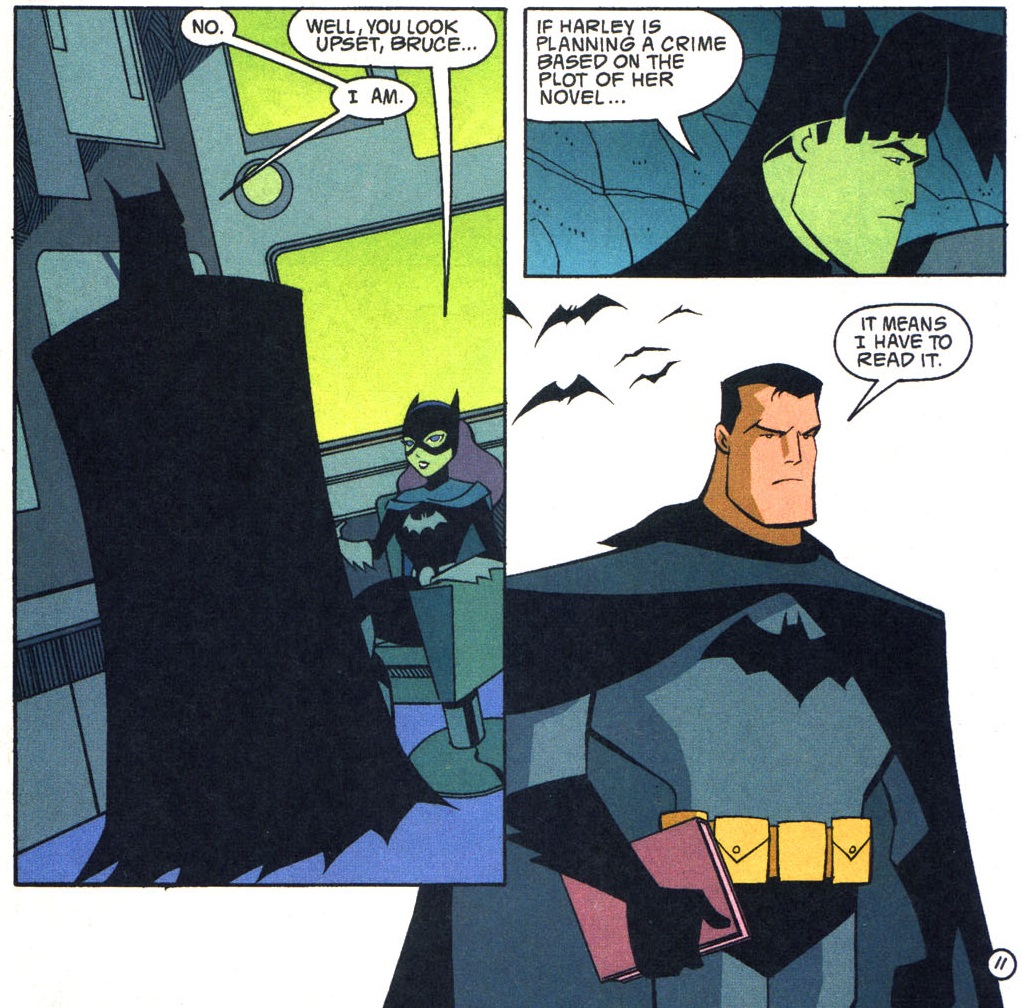
Gotham Adventures #14
Ty Templeton’s villains are media-savvy, often incorporating – and even weaponizing – mass communication into their schemes (albeit in a very ‘90s, pre-social media age). For instance, in Gotham Adventures #31, when the Joker causes a city-wide electronic blackout by kidnapping (and jokerizing) a bunch of scientists, he makes sure to leave living witnesses and even informs the GCPD where to find them ‘so they could recover and go on the talk shows.’ The main joke in that issue is that, as citizens keep speculating about the cause of the blackout (the commies? the Mob? an alien-government conspiracy?), the Joker grows increasingly frustrated with his lack of credit and desperately tries to reassert his reputation – which, ironically, he finds quite hard to do precisely because the blackout means that mass media are not working.
Templeton added a slight political edge to his satire in ‘Knightmare’ (Batman & Robin Adventures #13), where the Scarecrow sought to ‘unite’ America by hacking into a Beatles reunion concert:
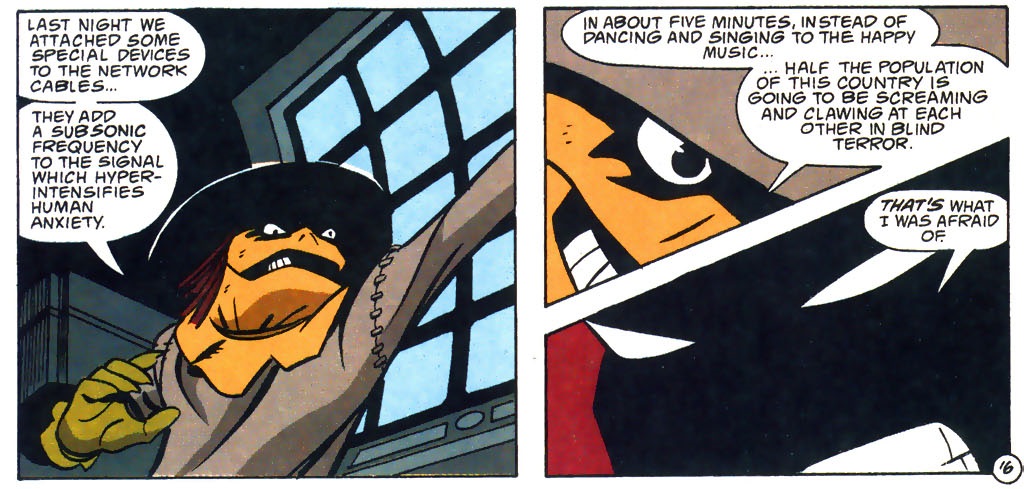
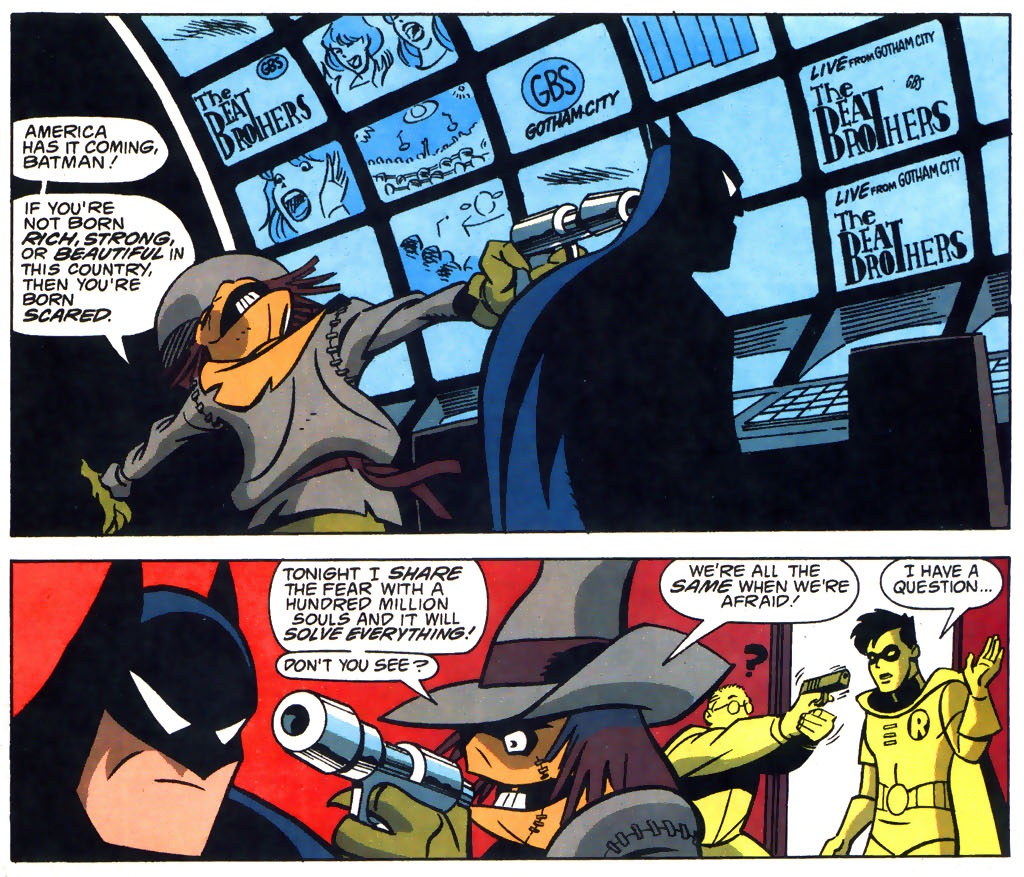
Batman & Robin Adventures #13
The source of humor here is that the Scarecrow and his henchmen aren’t the only obstacles in the Dynamic Duo’s way… Once again, there is also a slimy TV executive who seems willing to take any risk just to get high ratings!
That said, Ty Templeton’s playful gaze isn’t just directed outwards. Templeton can be quite self-reflexive about comedy itself and, crucially, he also doesn’t spare the subworld of comic books and fan culture. For example, his work on 1993’s Mad-Dog was a parody of Silver Age superheroes that gradually morphed into a bonkers spoof of early Image comics (weirdly, though, not everyone involved with the project was in on the joke). It seems that, for Ty the Guy, both creators and fans should be able to laugh at the medium they love…
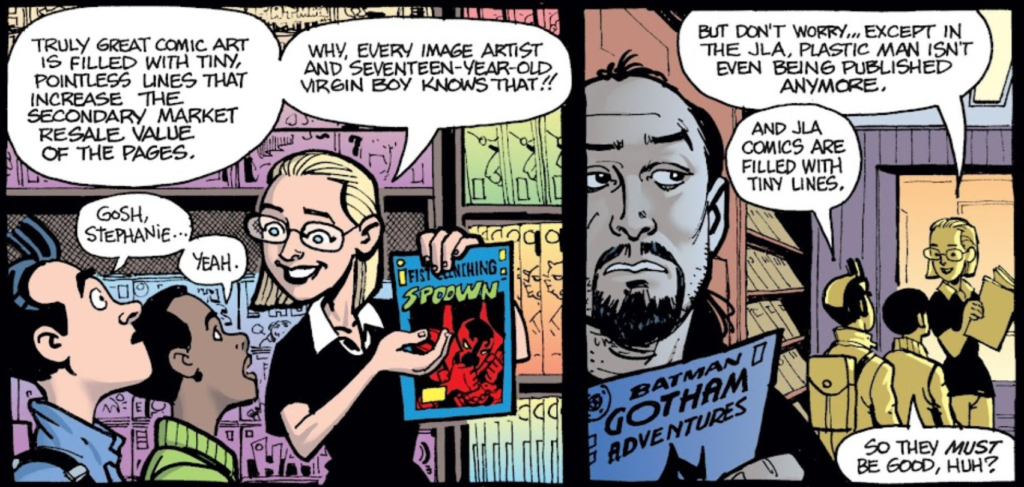
Plastic Man Special
That’s Ty Templeton himself in the panel on the right, reading his own comic and about to be beaten up by angry geeks (‘As they pummeled their fists upon my helplessly out-of-shape writer’s body, I still couldn’t bring myself to fight back against them… for each one represented a potential four-cent royalty if they bought the Batman title I work on.’)
This scene is followed by another Kurtzman-esque parody, this time of all the major crossovers of the 1980s and ‘90s, titled ‘The Age of Infinite Clones Saga, starring Plastic Man and Plastic Man Blue – Chapter One Million: Onslaught of the Secret Genesis War Agenda’ (drawn by Rick Burchett as a pastiche of this era’s exaggerated art style).
And yes, it totally opens with a riff on Knightfall:
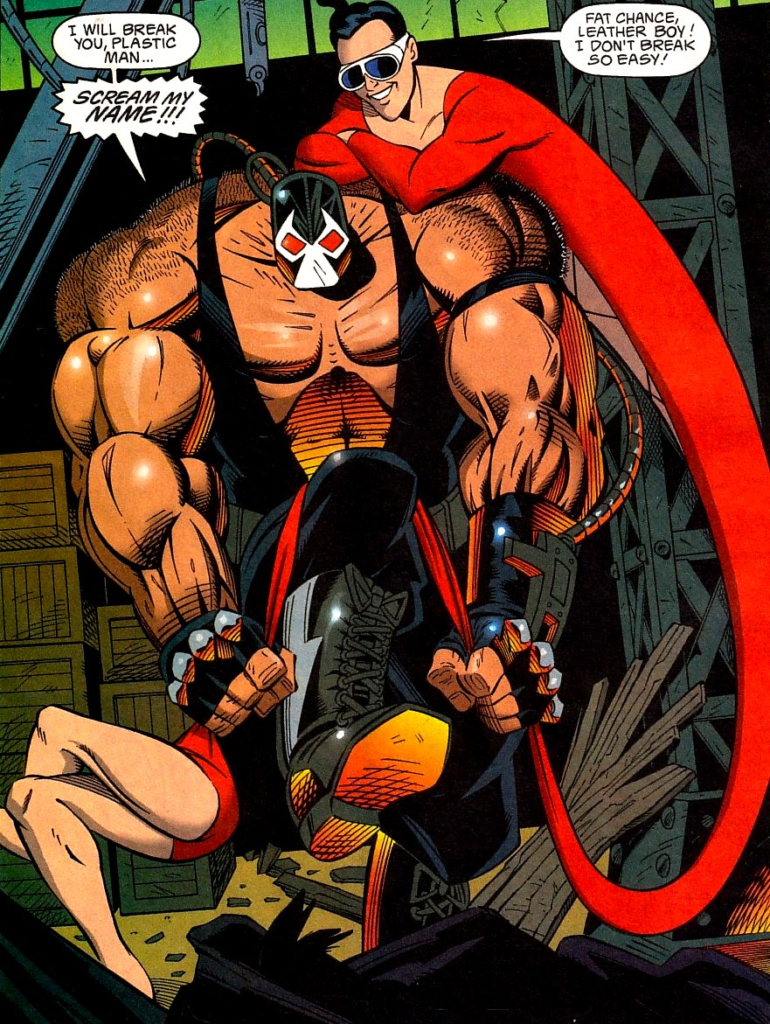
Plastic Man Special

